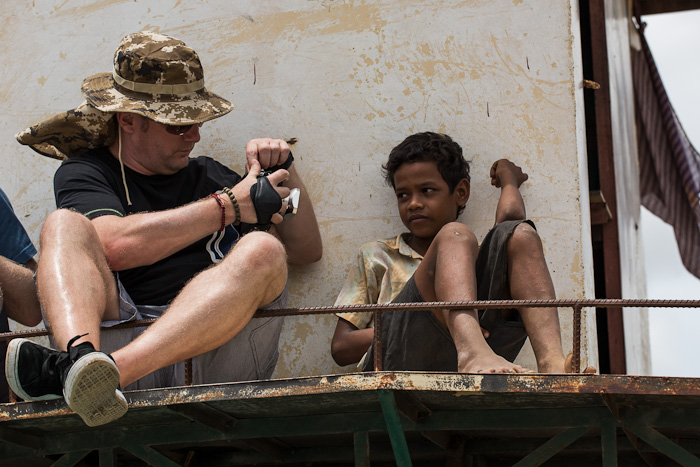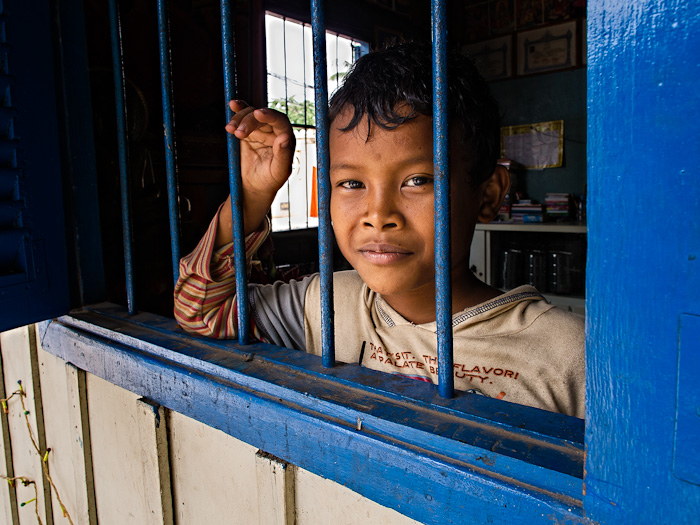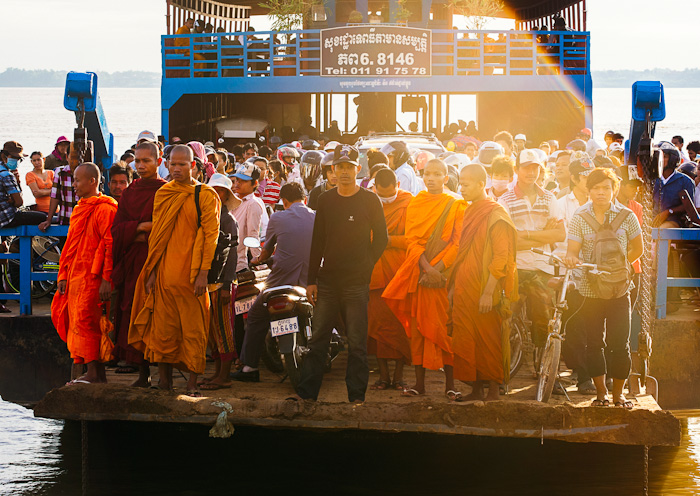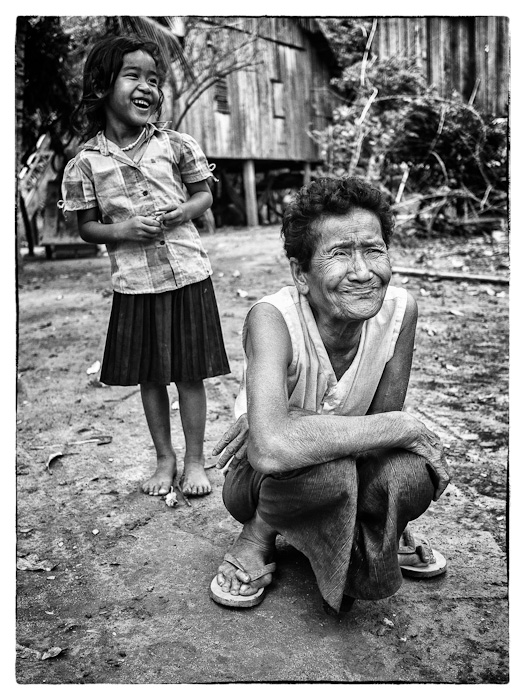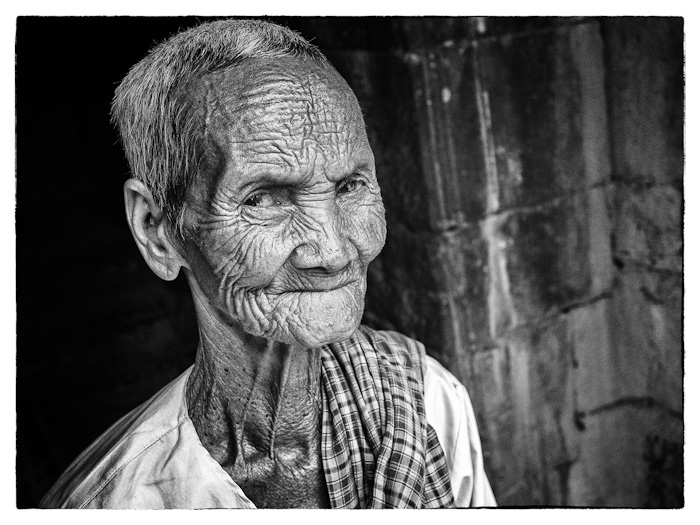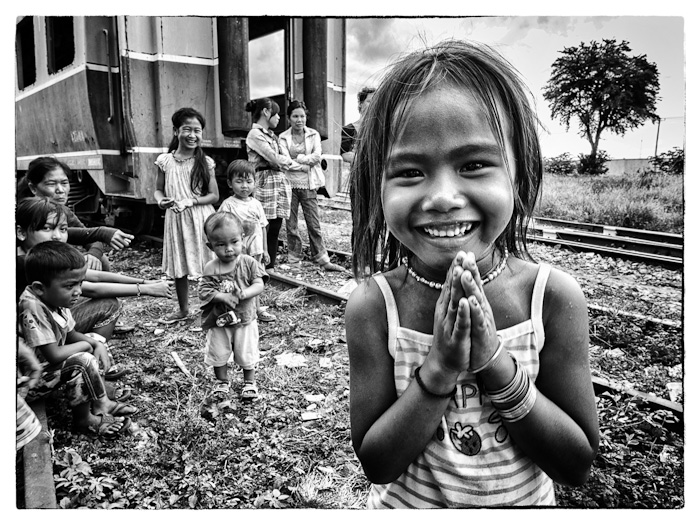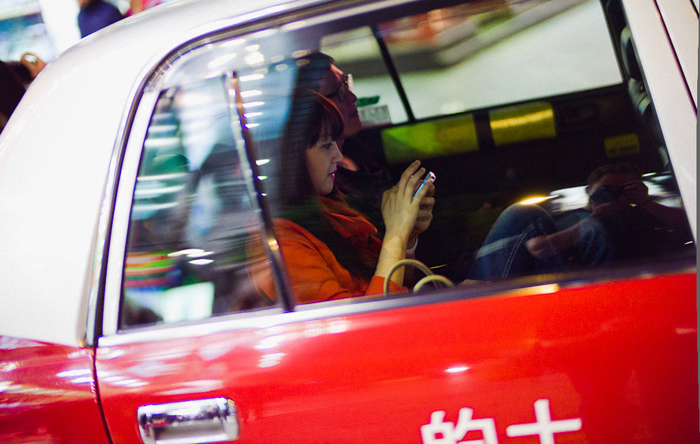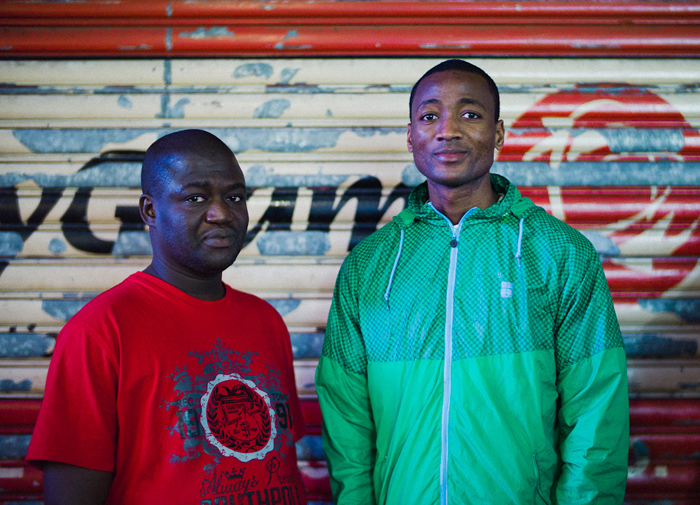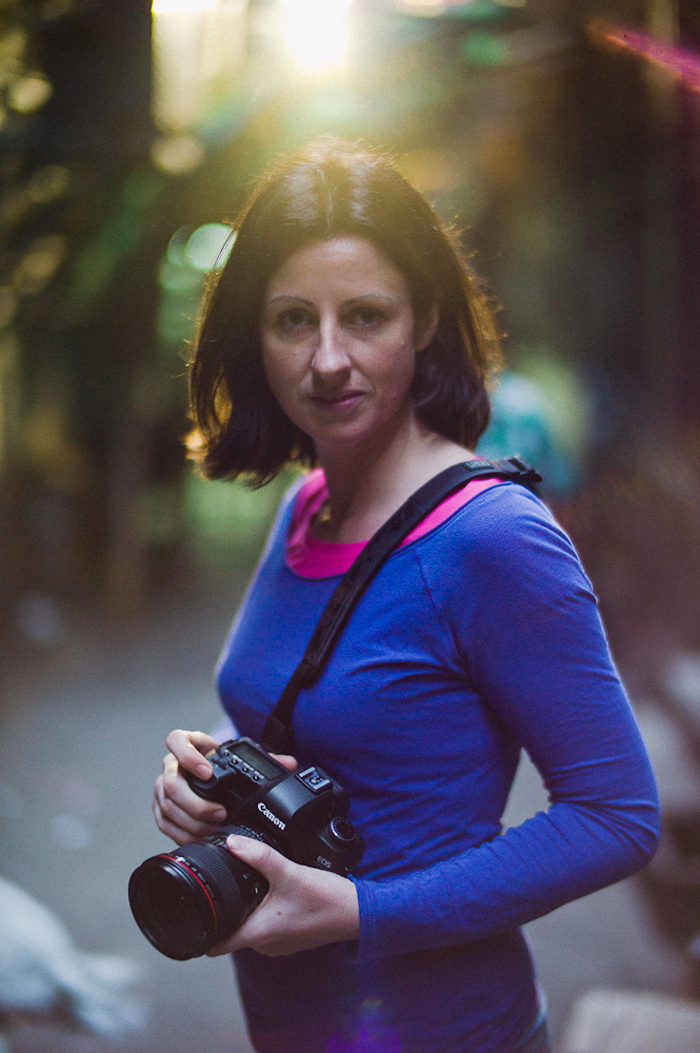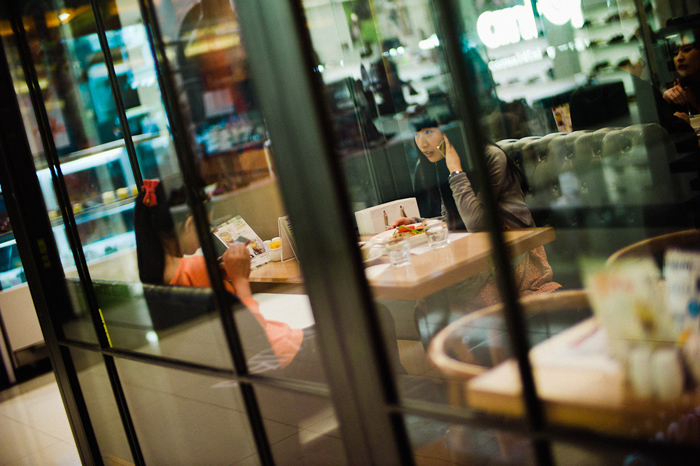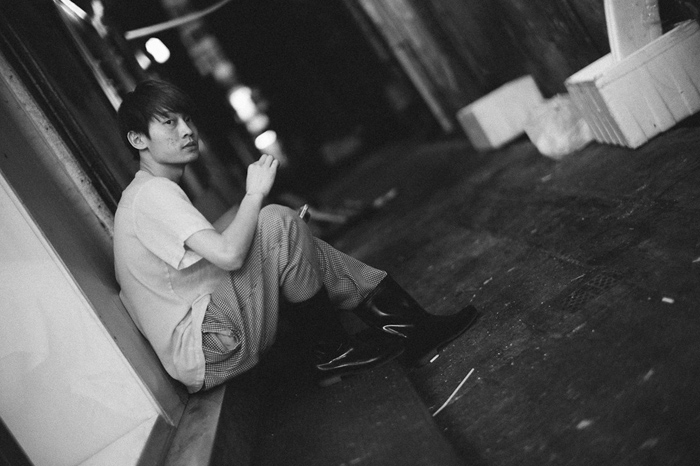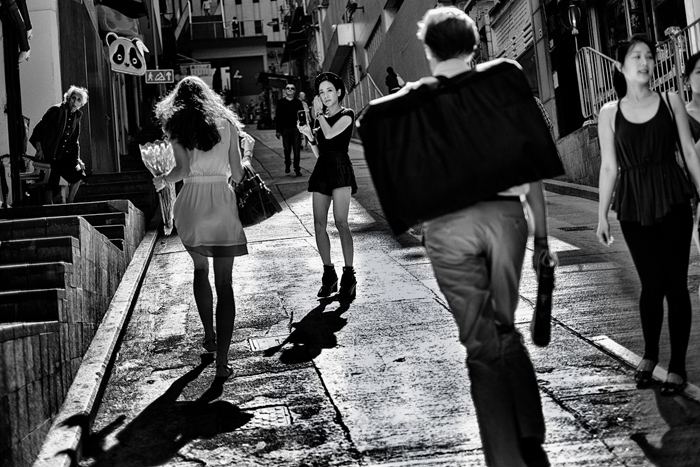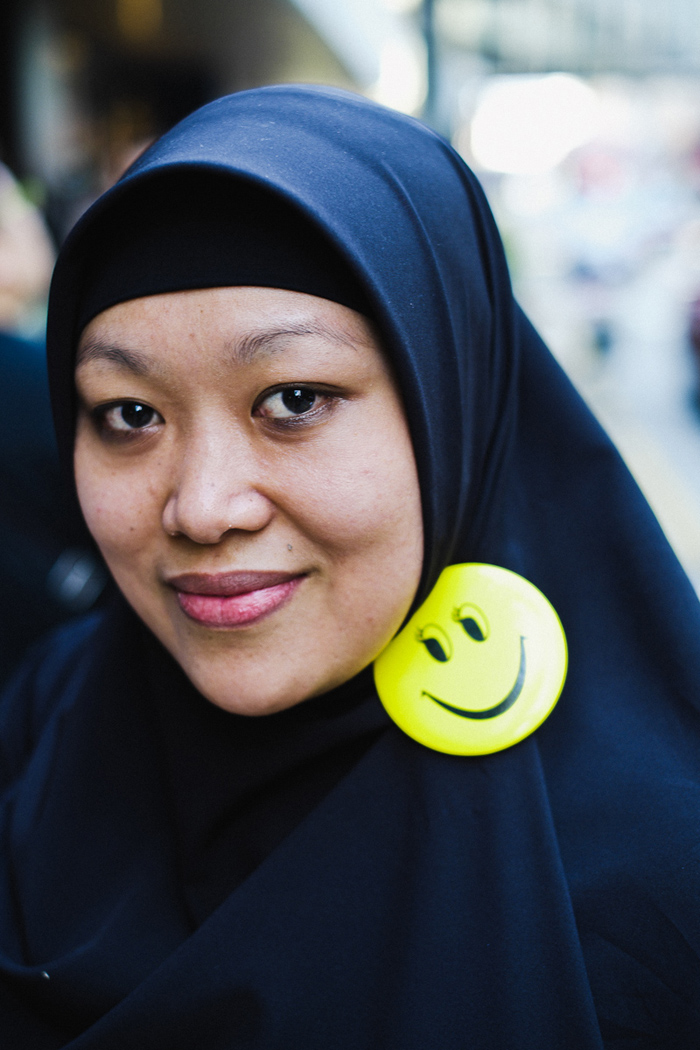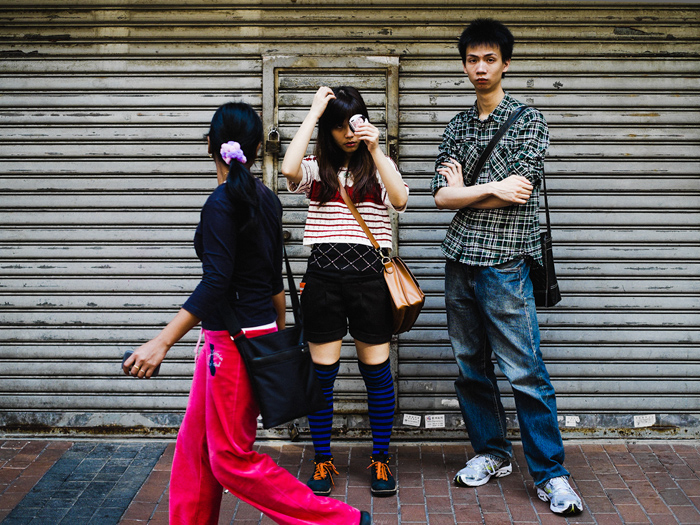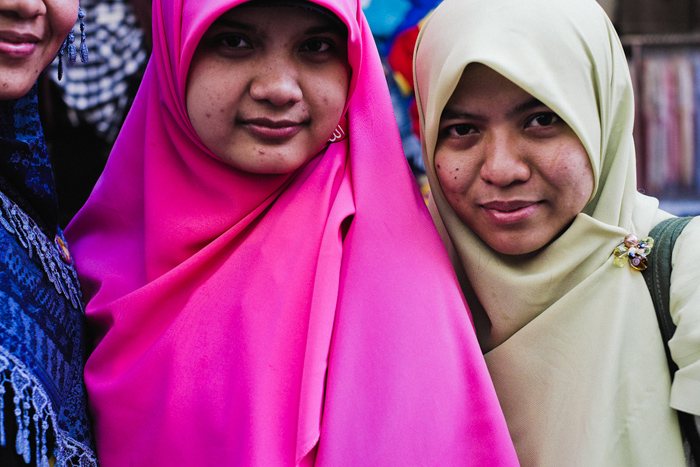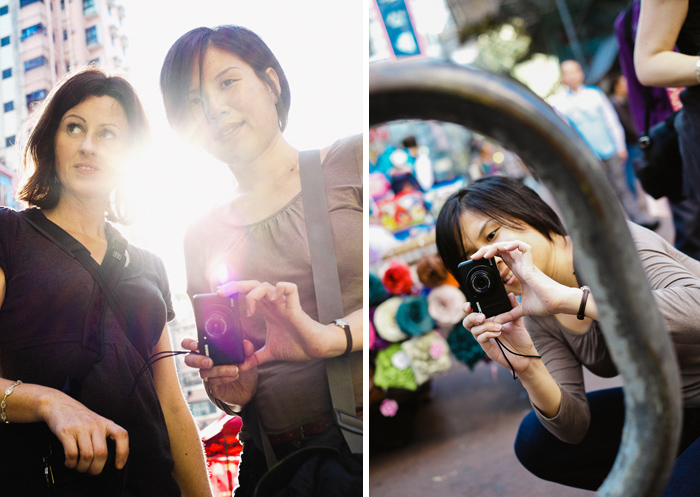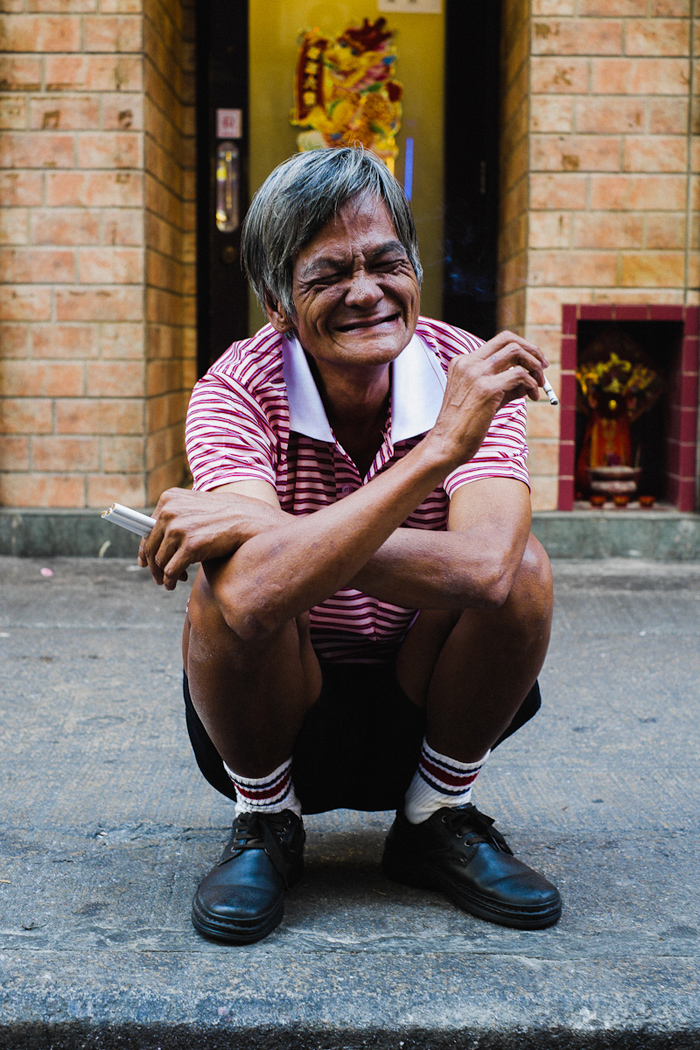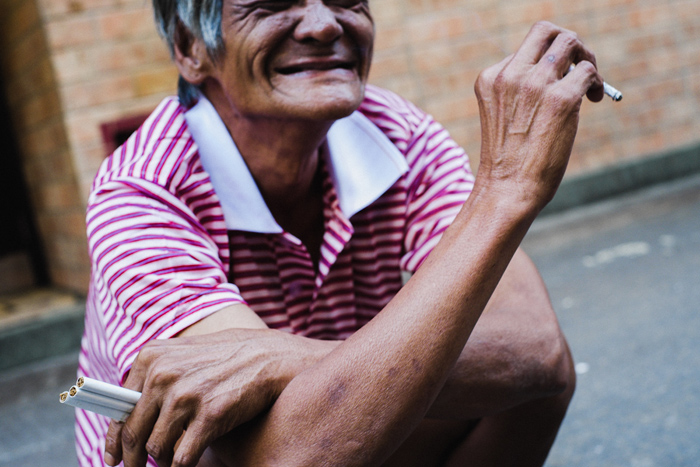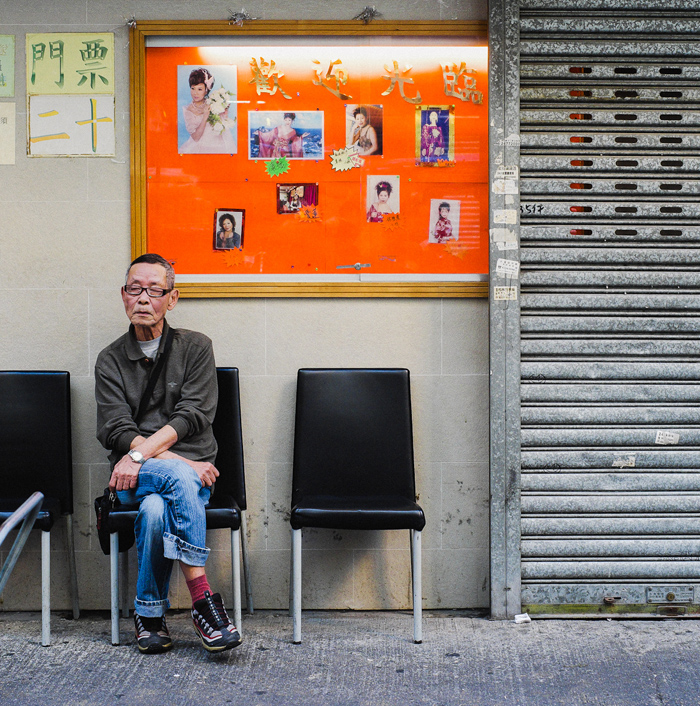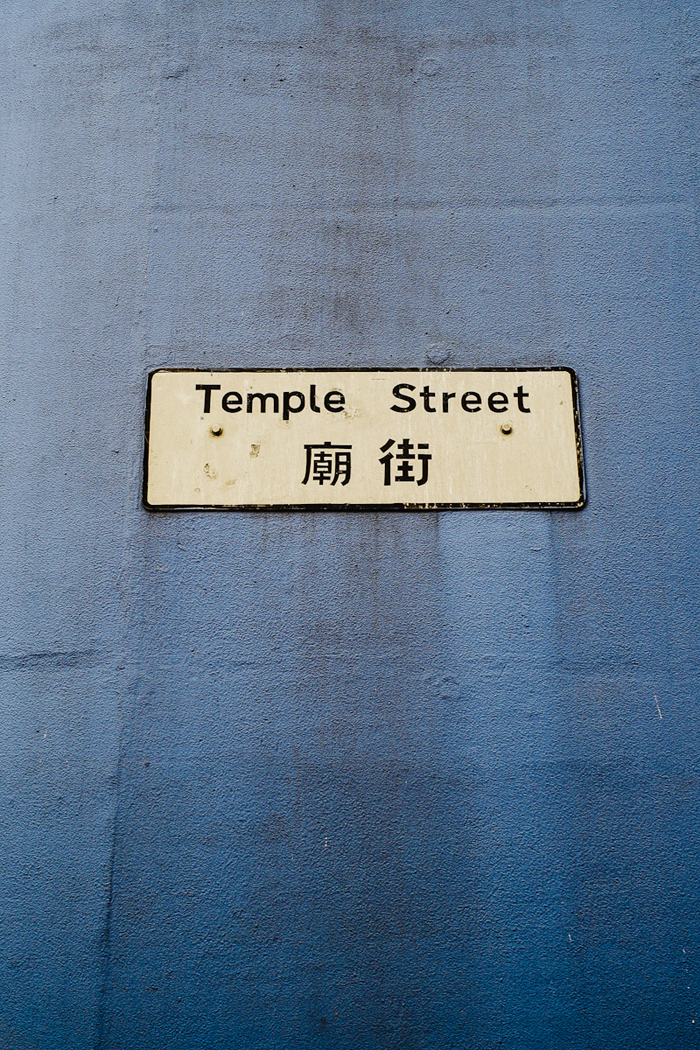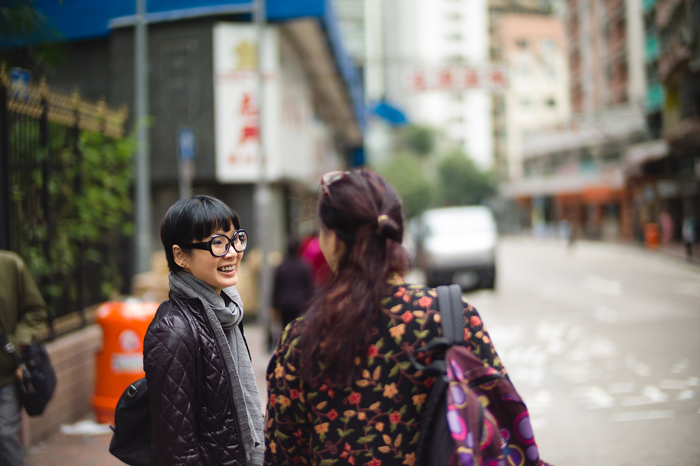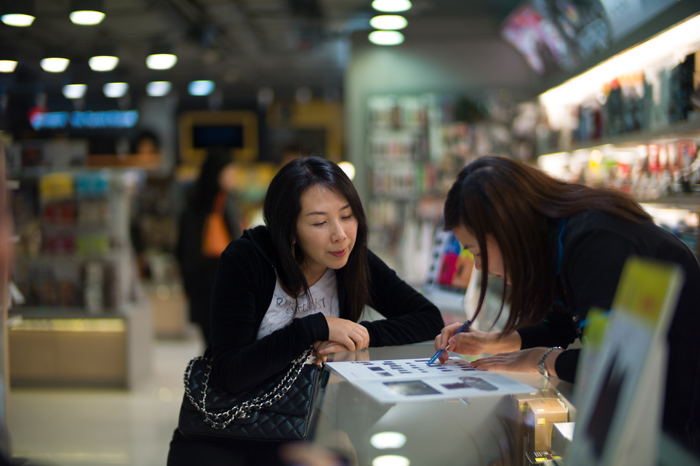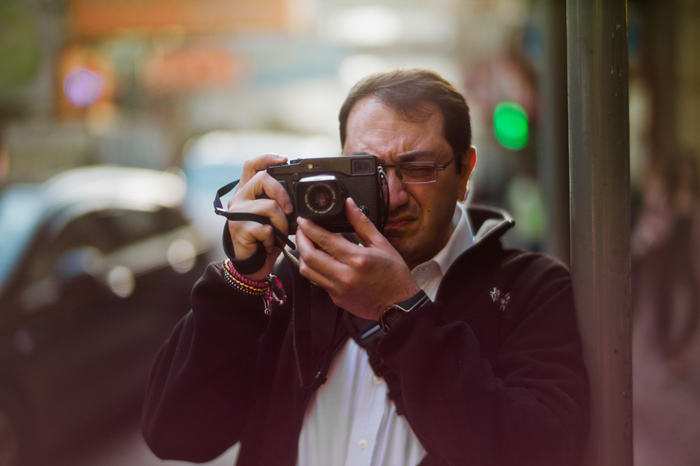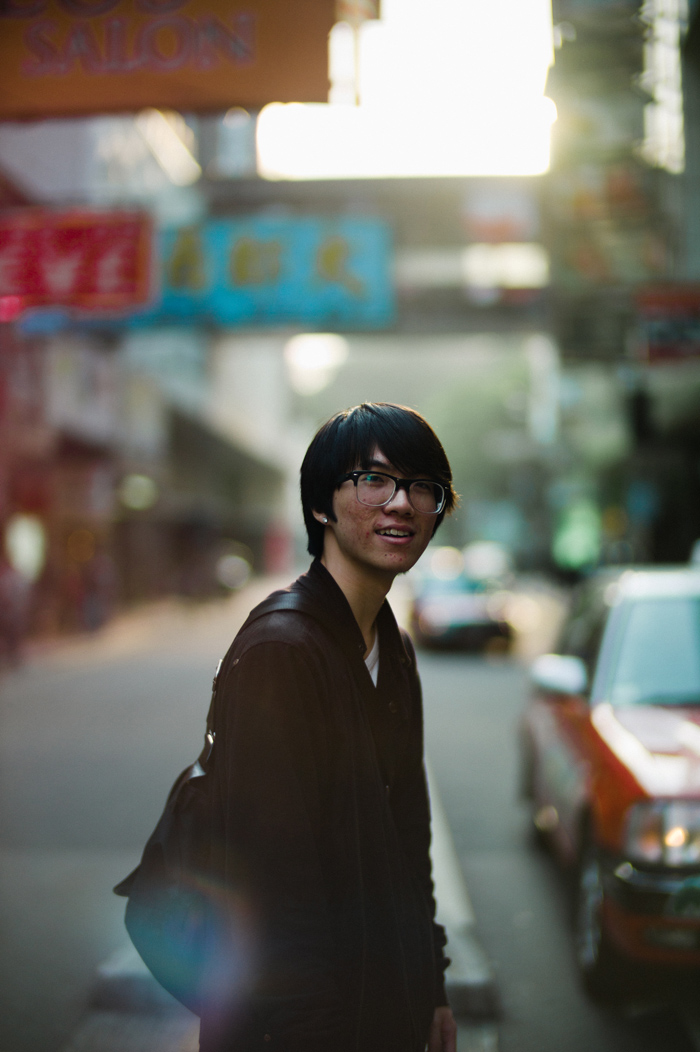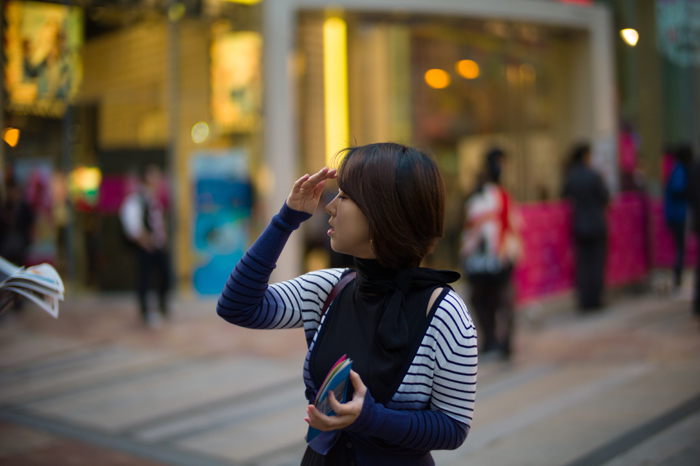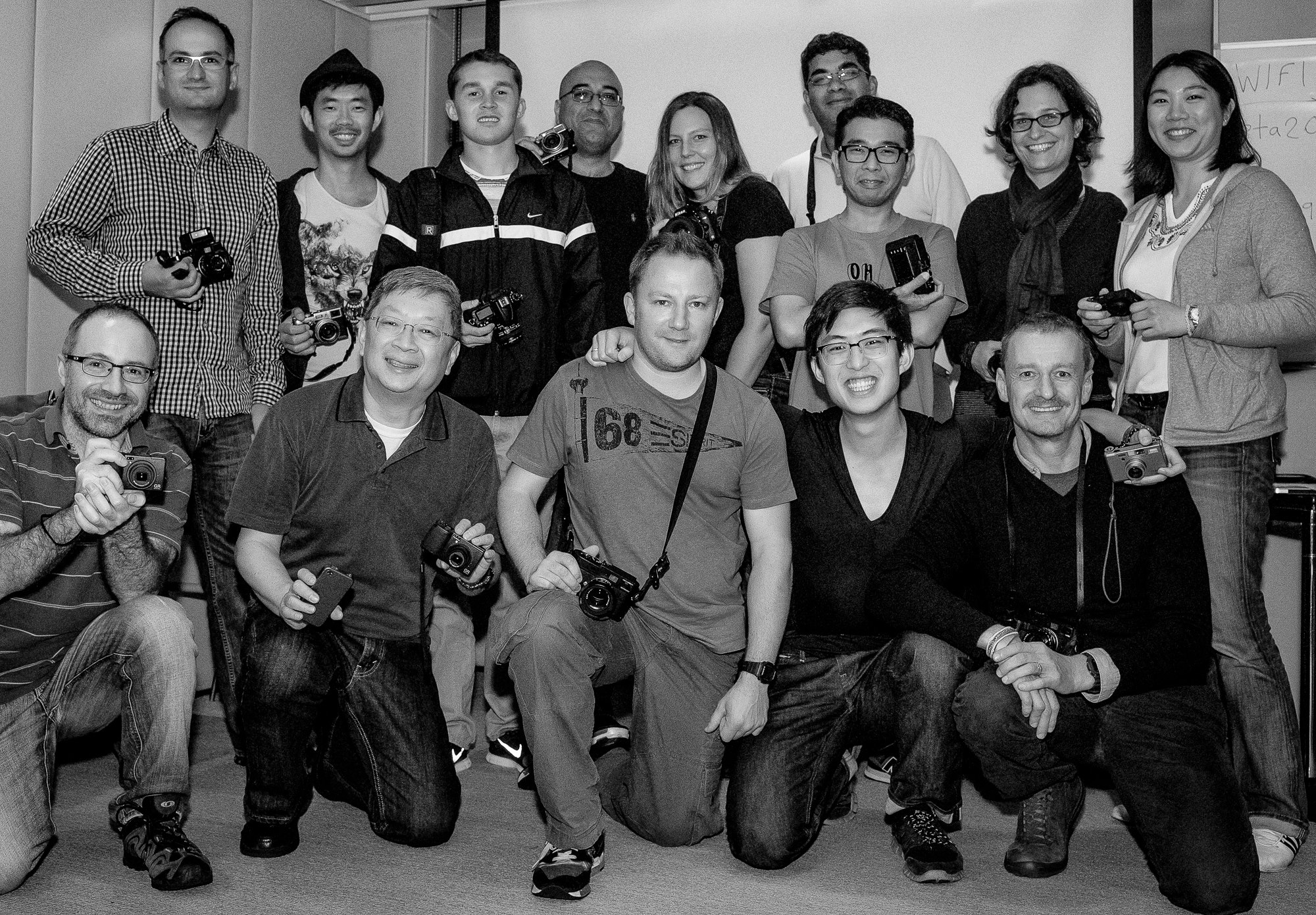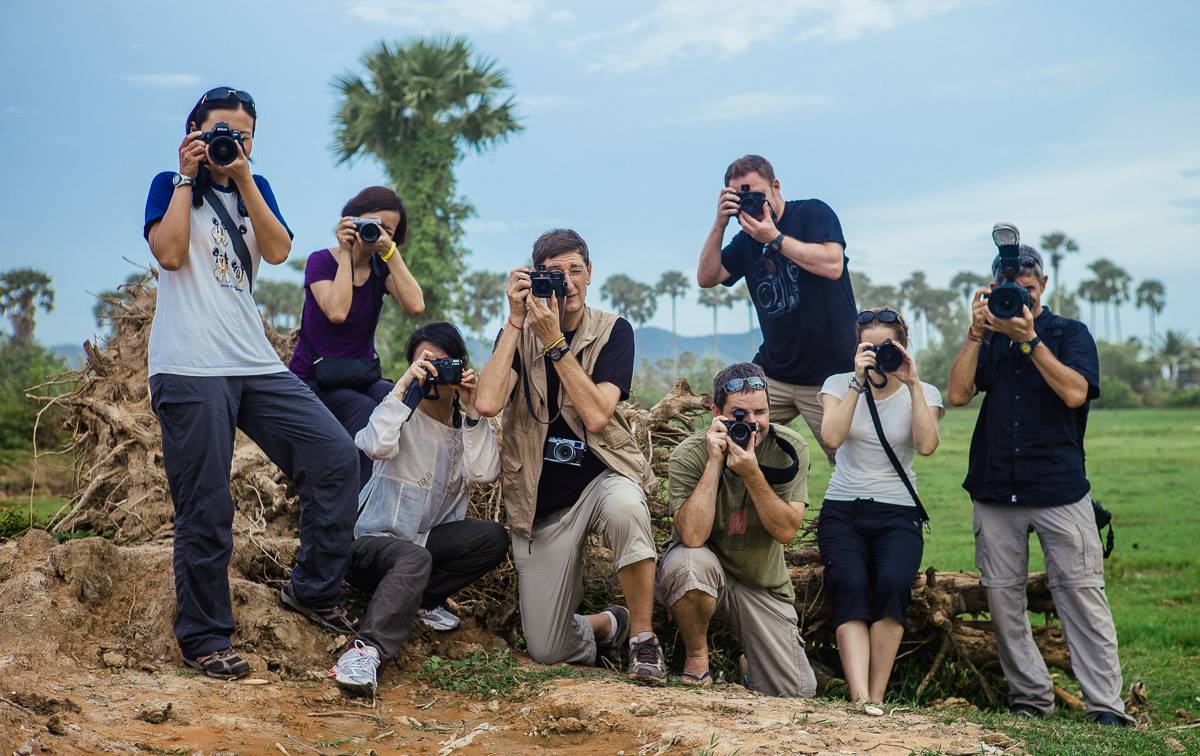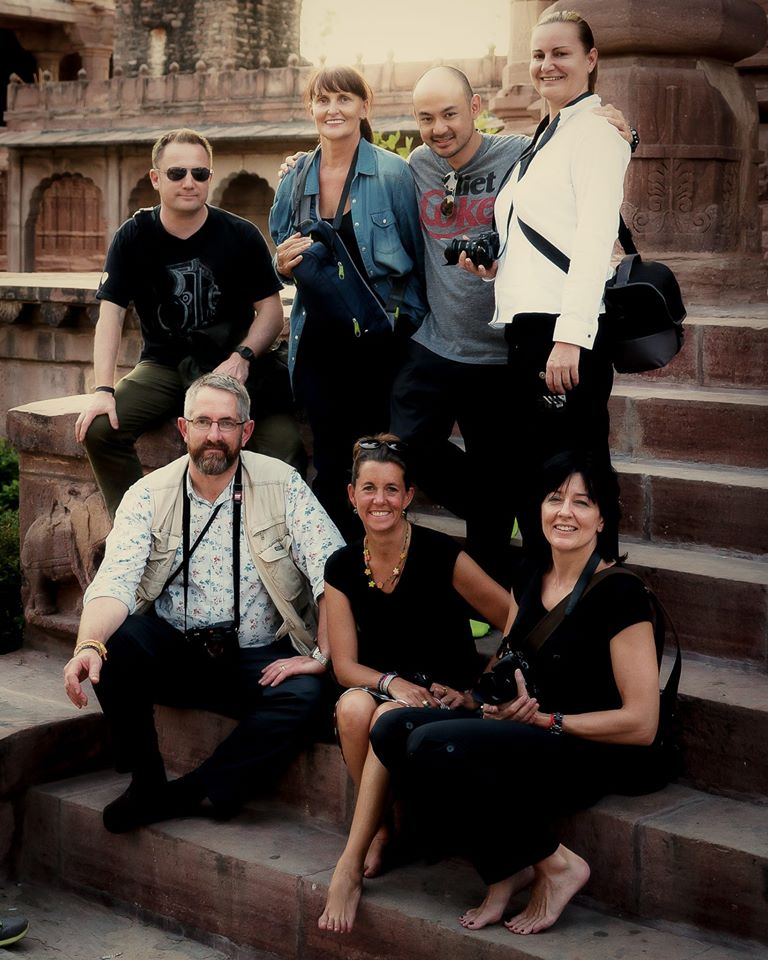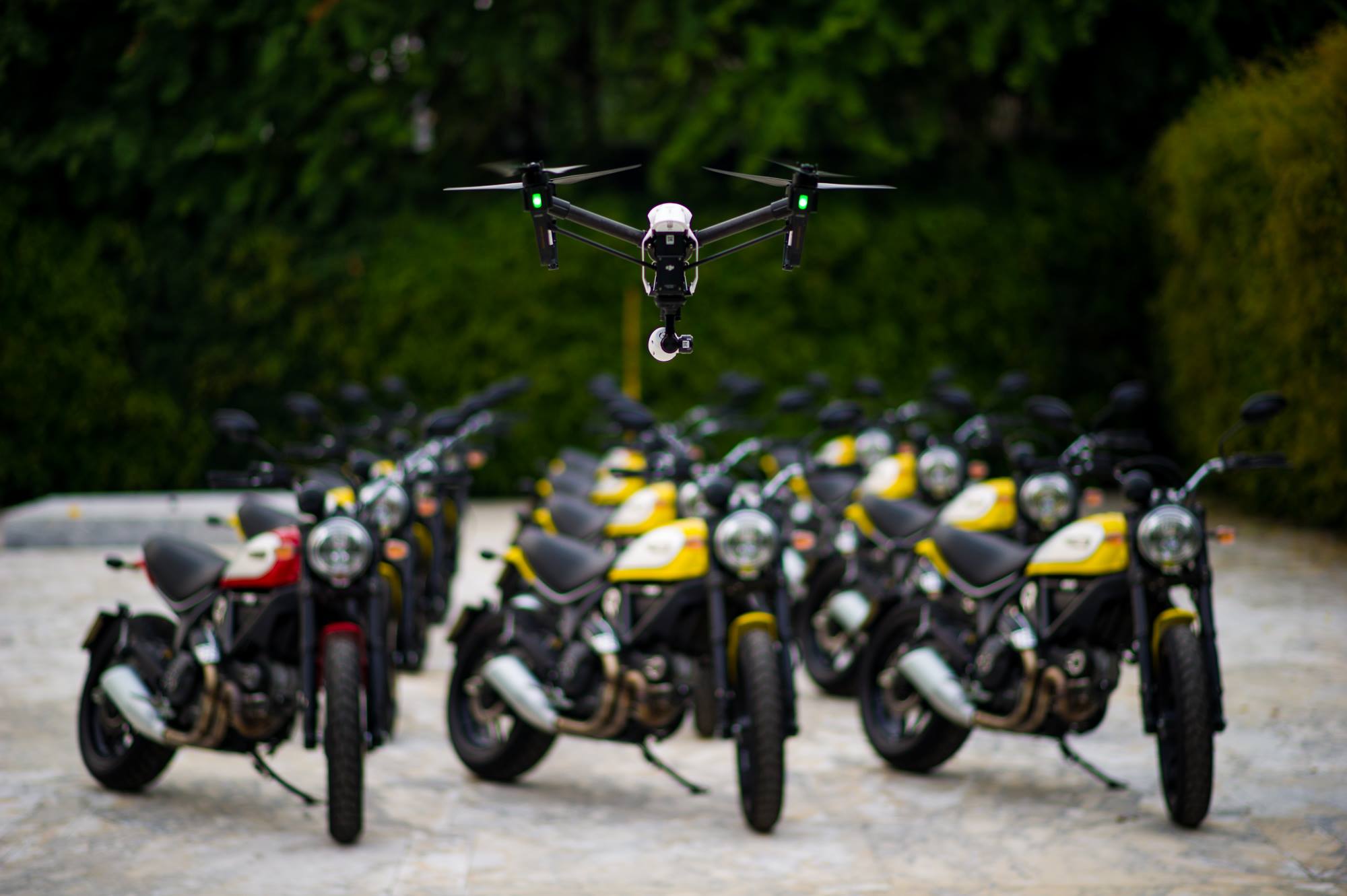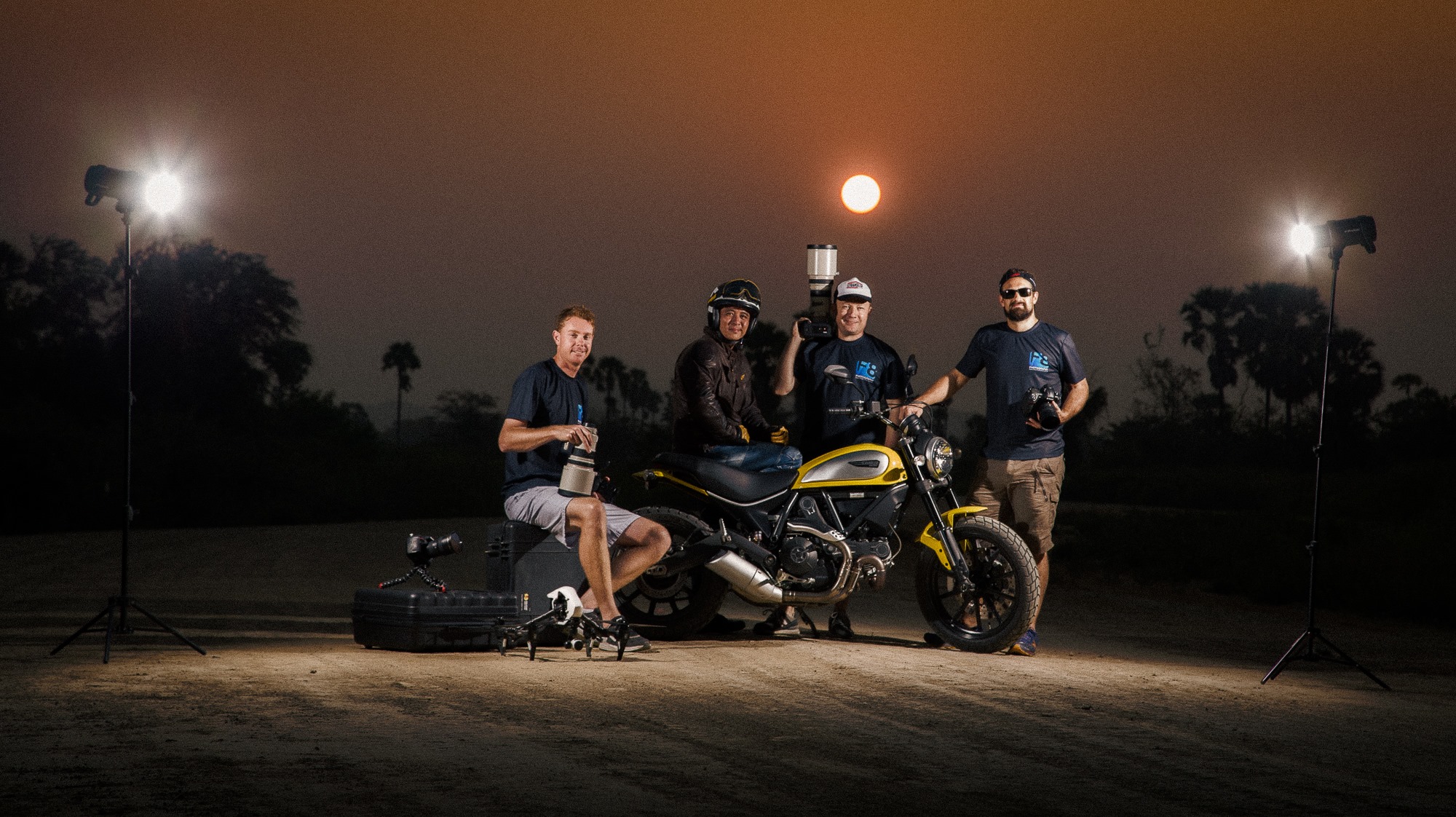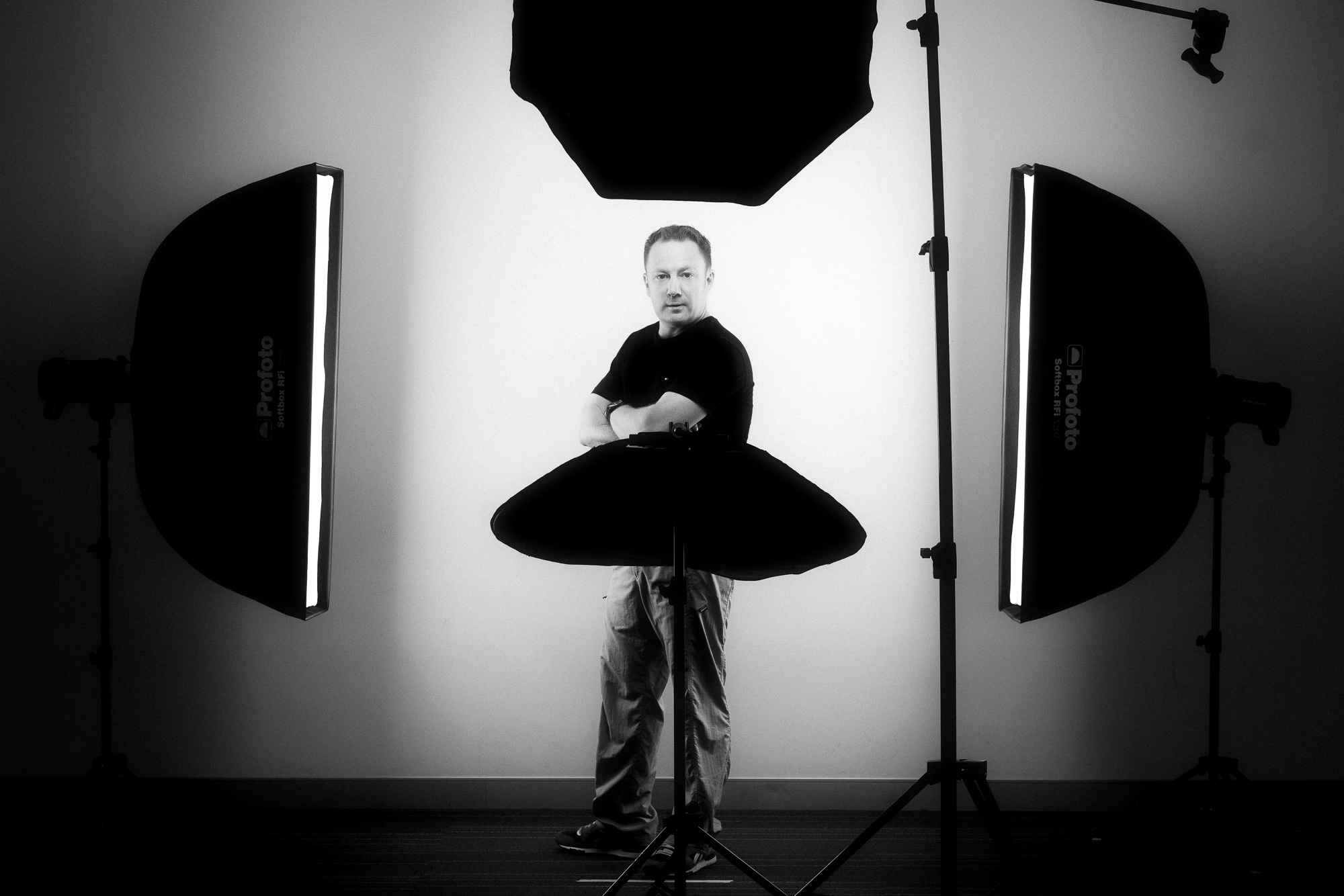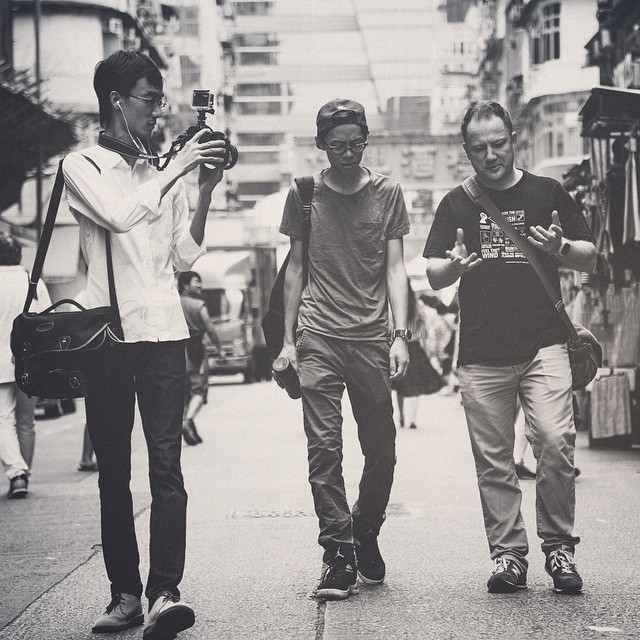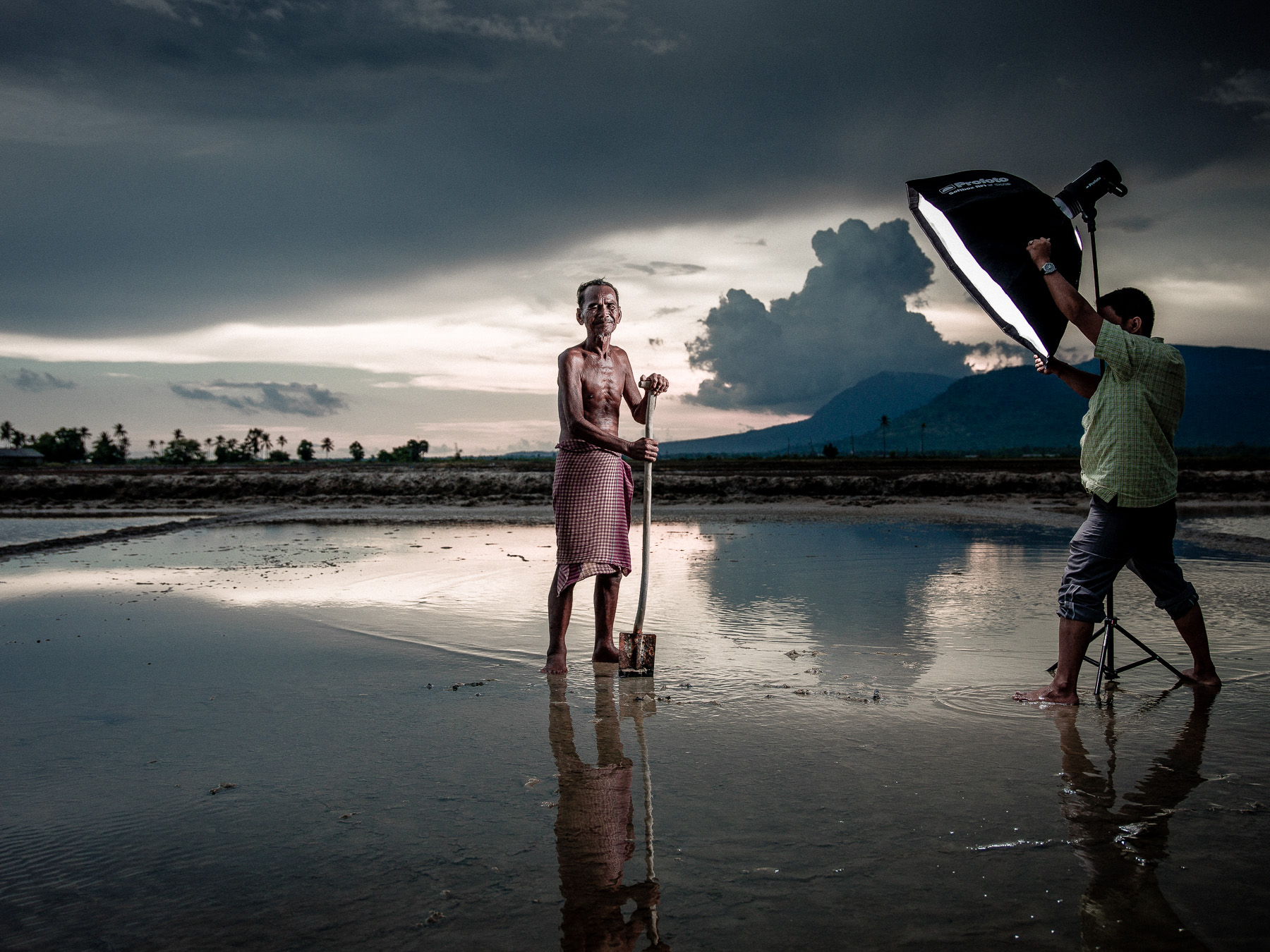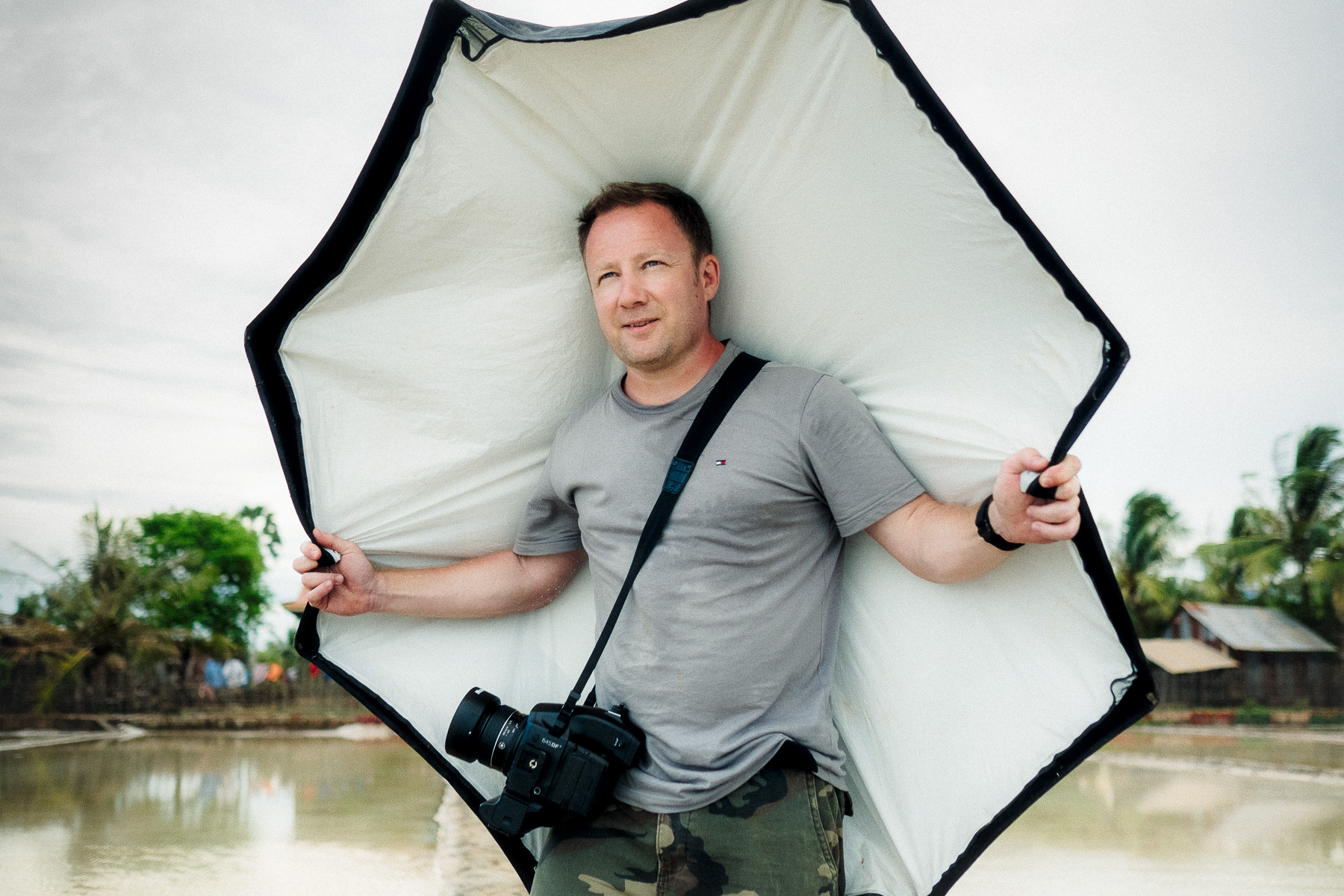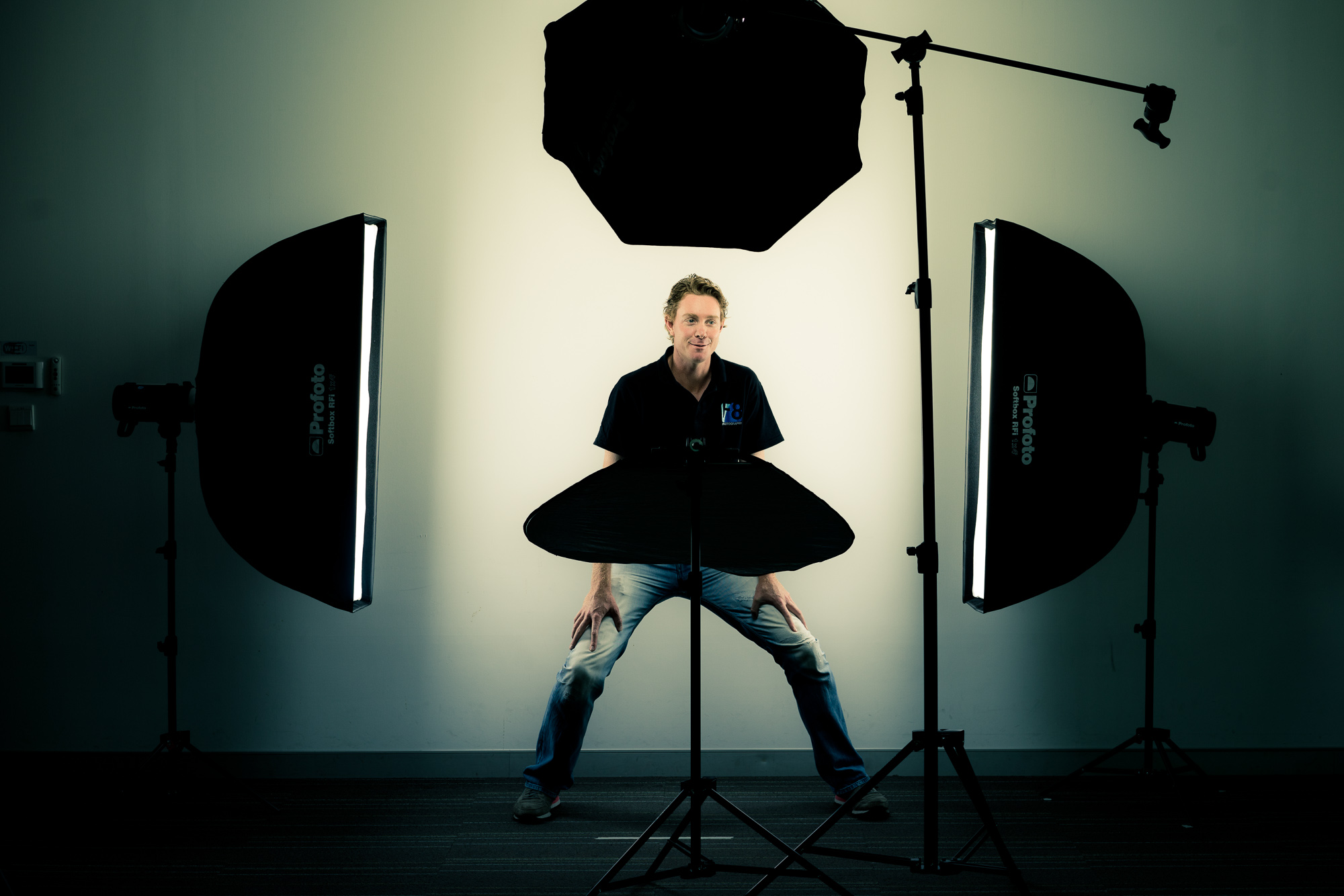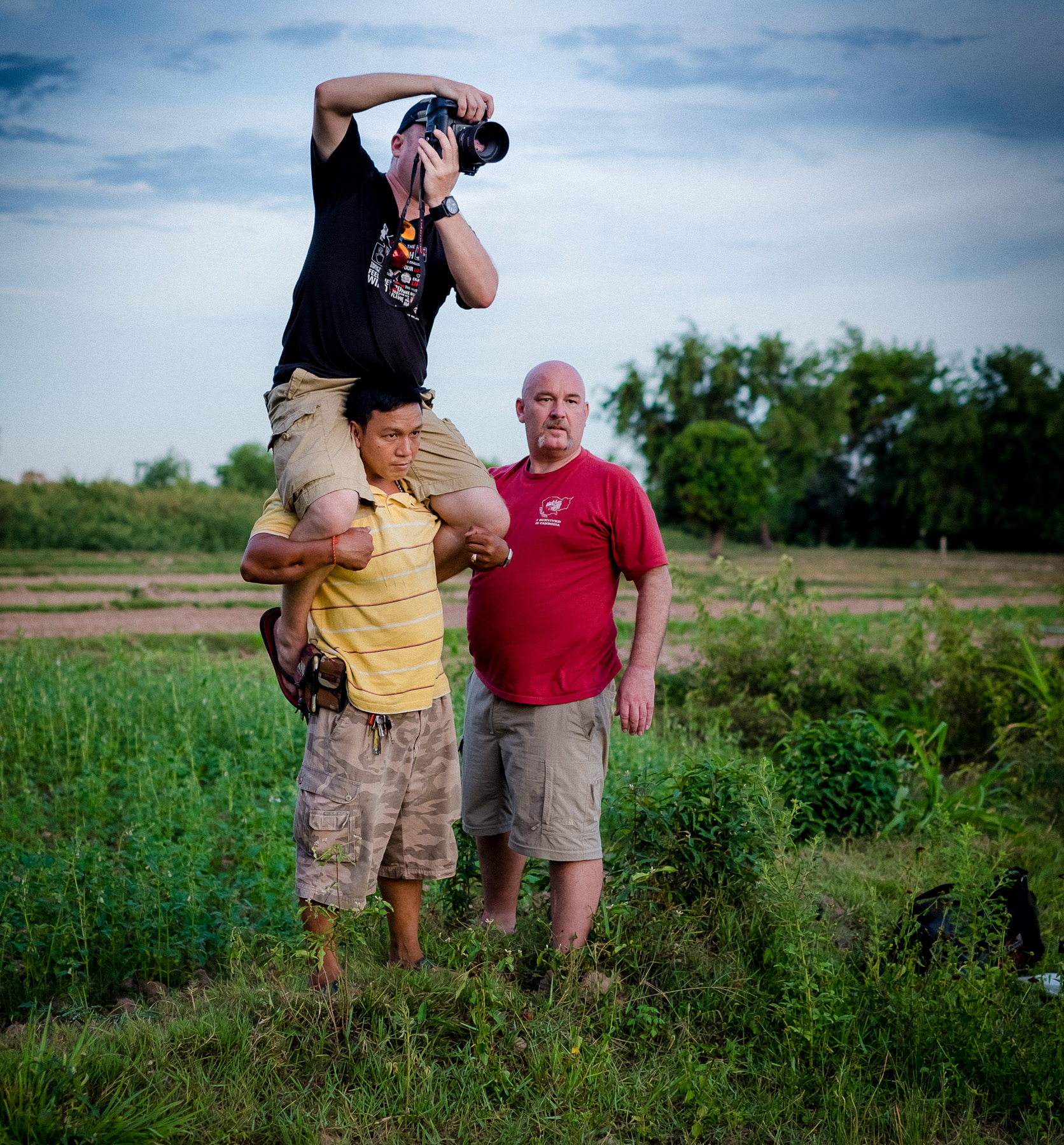Workshop review - Cambodia September 2012
/BEHIND THE SCENES - Shooting in Cambodia
Our small group workshop was a resounding success, some of the images produced were simply outstanding, for some photographers who attended, having either never shot 'people photography' before, or having little experience in engaging their subjects, I was honestly amazed at the work they were able to produce over the course of 3 days.
(The Motley Crew - Andrew, Ian, Susan, Terese, Steve & Gary)
The training each day was long, sometimes 12-14 hours of constant photography, editing and review sessions, but being away from their home countries allowed the participants to focus on the tasks without any distractions and this I believe is a key element to fast track learning. That coupled with a photographically rich environment allows for some great work to be produced.
We concentrated on exposing the group to a variety of different locations and subjects, encouraging them to shoot 'people' and use their different lenses, all the while being there to assist with any technical or composition questions and guide where necessary. We spent a small amount of time each day focussing on developing/editing using Adobe Lightroom 4 back at the hotel and then a good hour and a half session every night reviewing/critiquing eachothers best images of the day as a group. This was a really useful part of the training for everyone and we all learnt a lot during these feedback sessions. The group also learnt other features in Lightroom 4 including how to correcty export images for various formats (email/web/print) and to utilise the slideshow feature in Lightroom to produce a finished portfolio of images set to music at the end of the workshop.
Here are a few images from 'behind the scenes' at the workshop, showing the photographers going about their daily shooting rituals in a variety of locations in and around Phnom Penh.
(Rain or shine, we were up and out, smiling, with cameras in hand, shooting all day long)
(1-1 therapy from Gary....(we thought he was the one who needs therapy?!)
(The locals love the OMD as much as us....and Sam (right) setting up to take the group shot on the Contax G2)
(Just interacting with the locals was half the fun of the workshop)
(Showing Terese some XPro1 tips (left) and Susan (right) gets me to pose with her new found friend - a newborn kitten!)
(During some downtime, Ian buys some Cambodia scarfs, as modelled by Gary (right), an essential purchase in Cambodia)
(The girls pose, closely followed by Andrew and Gary striking a pose in the Tuk Tuk)
(Learning to use a diffuser and reflectors is essential for portraits in the harsh light)
(Sam (Tuk Tuk Driver) and Terese (right). Thats what we like to see, smiley happy people)
(We await our transport across the Mekong river whilst Andrew cleverly waits in the shade, it was a long day that one...)
Some of the participants from the workshop have kindly found time to produce some guest blog posts on our site, they can be seen by clicking below, well worth a look, some outstanding imagery they produced over the 3 days:
STEVE (ASSISTANT INSTRUCTOR) BLOG POST
As I spent much of the time in country either teaching, watching or assisting our clients with their shooting, I didn't get much time to shoot myself during the workshop. Here are a few of the images that I managed to capture in between events whilst we were out and about.
All the below images shot with Olympus OMD, processed using VSCO film presets in Adobe Lightroom 4.
Thanks for taking the time to visit our blog, if you like our blog and website, please ‘like’ us on our public Facebook page or on the ‘LIKE’ box to the right side of this blog. You can share this story with your friends with the Facebook and twitter links below or on the left side of this blog. You can also subscribe to our blog via the RSS link below or on the right of this post.
F8 Photography provides commercial photography and photography and video training workshops, more details can be found via the ‘courses and workshops’ link and upcoming events via the front page of our website.
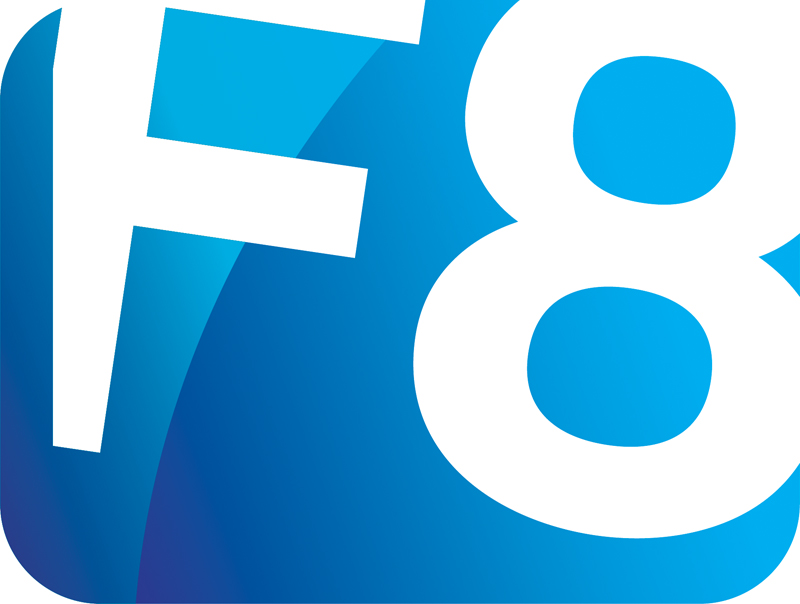

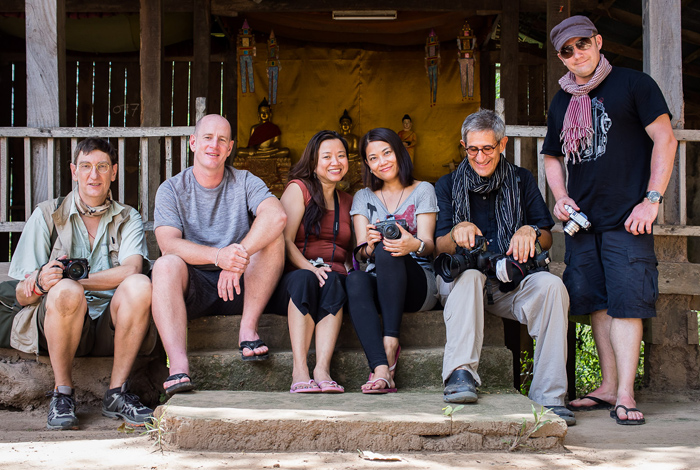

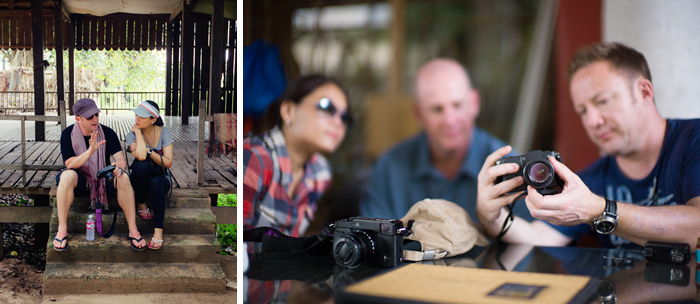



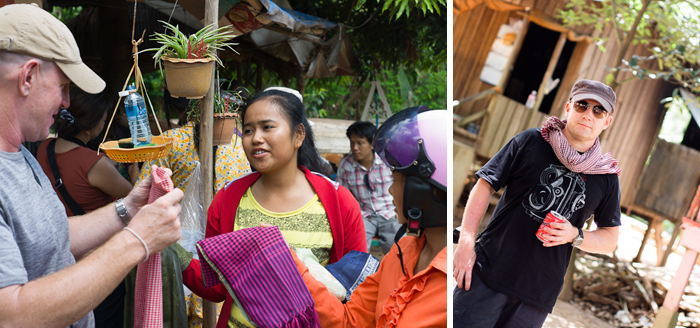




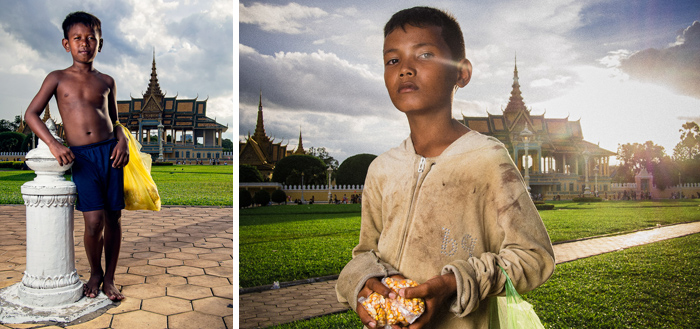




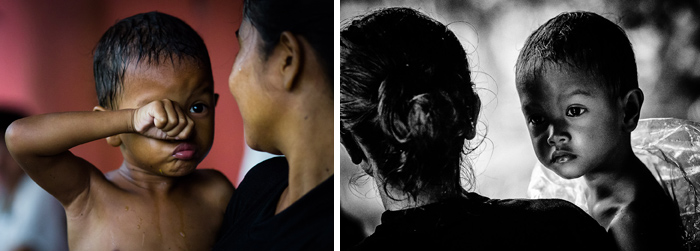

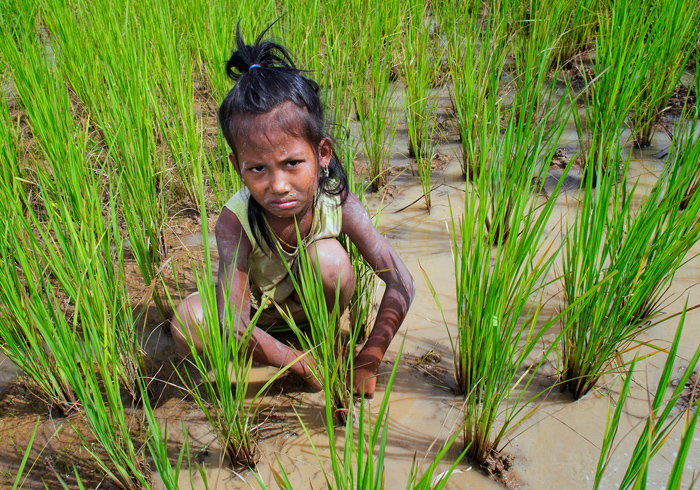
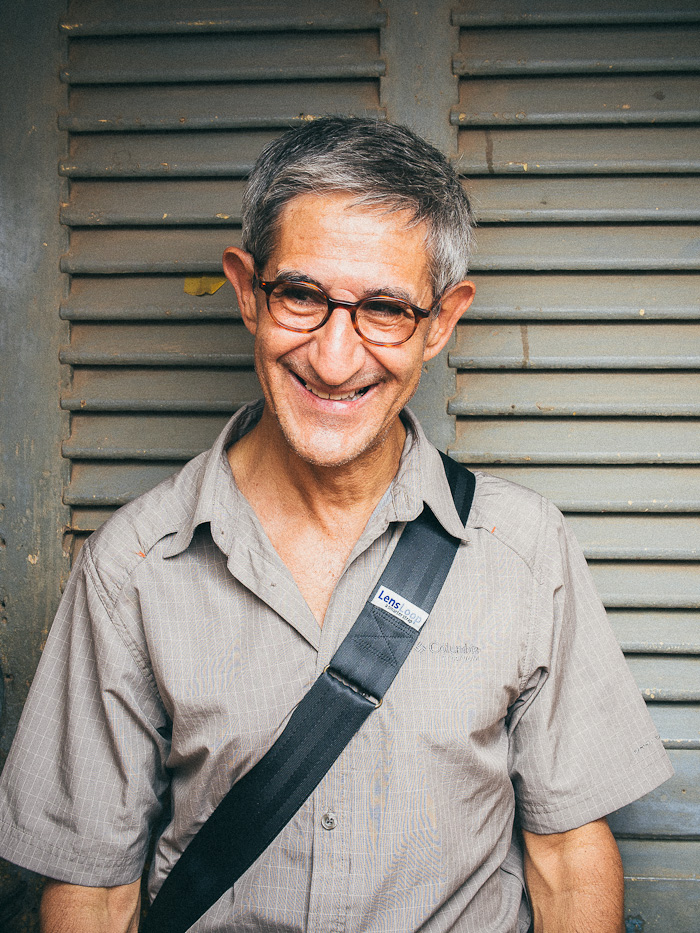

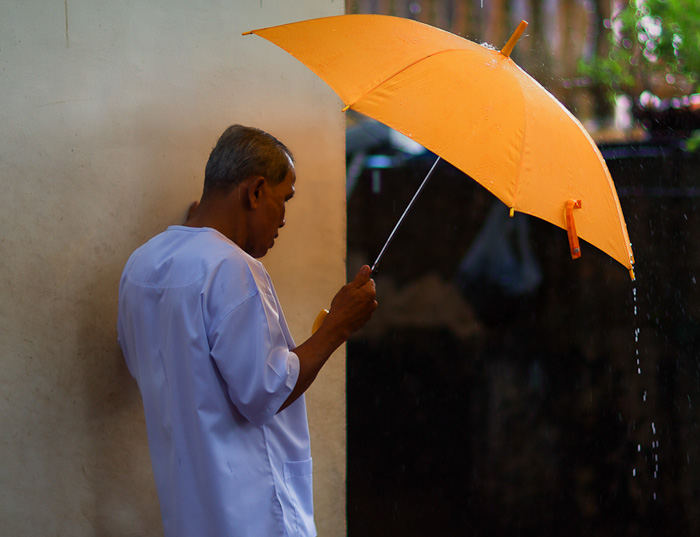




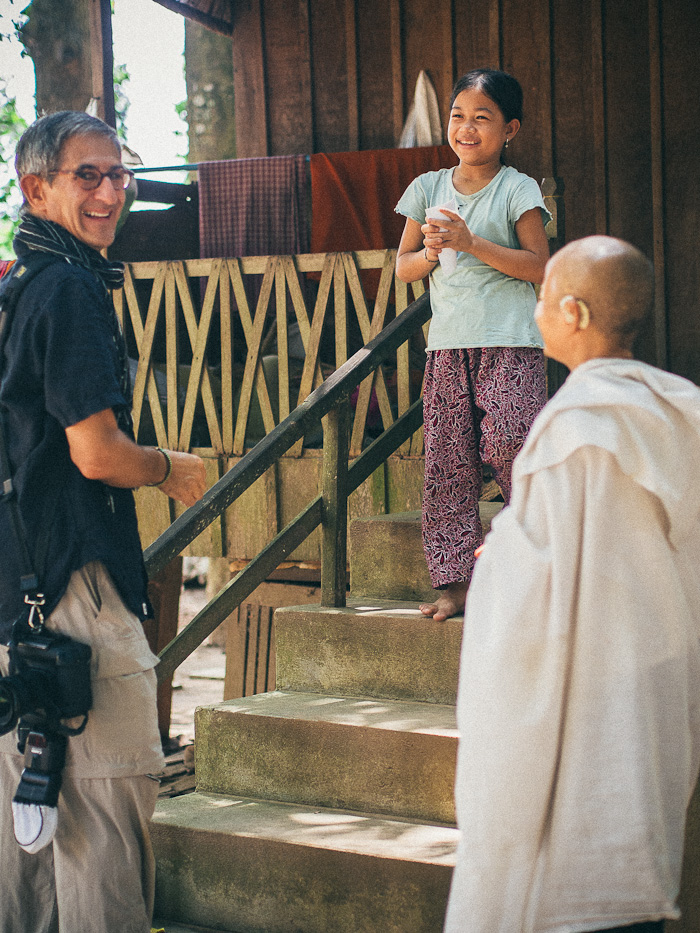
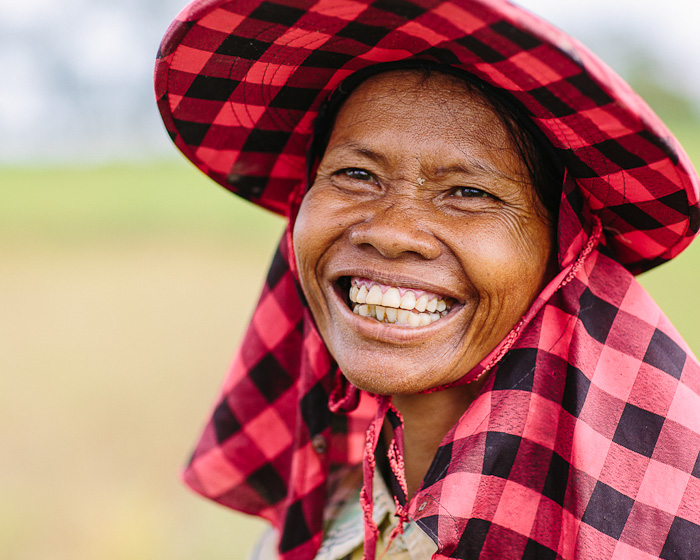



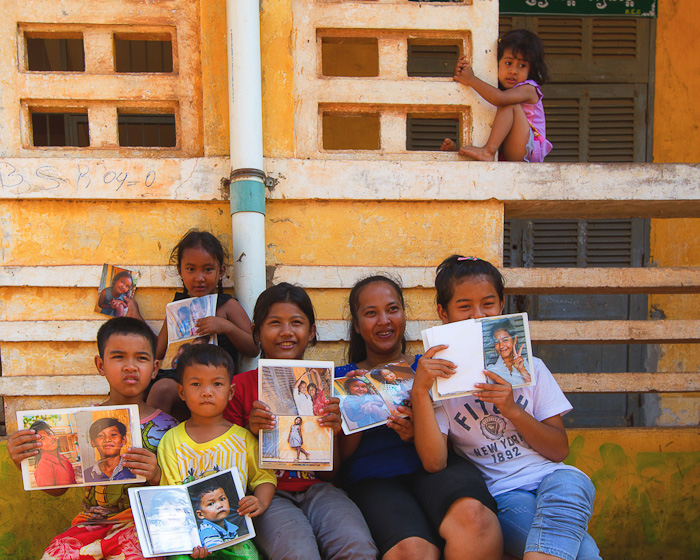


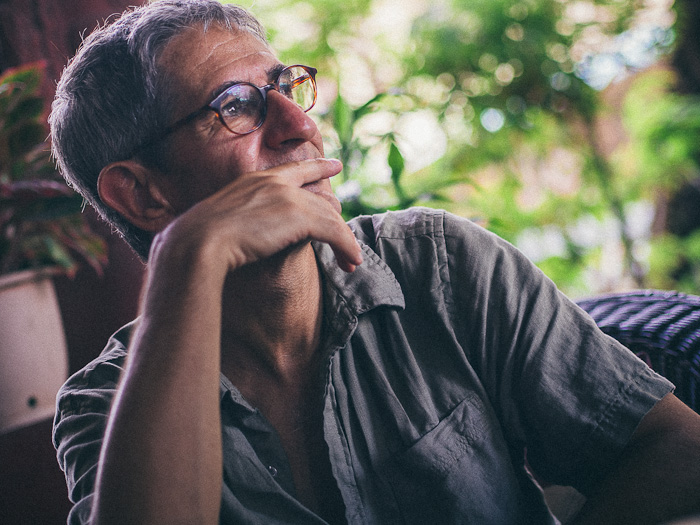
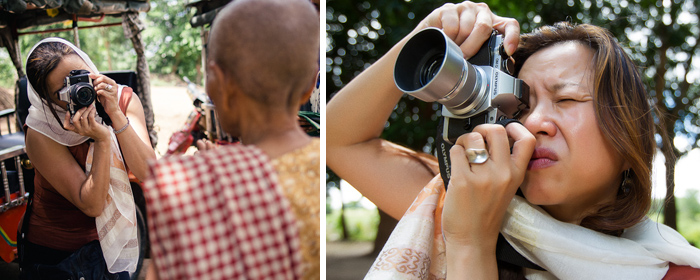
 (Susan loved interacting with the kids and shooting in the rain with her new shooting buddy, Terese (far left)
(Susan loved interacting with the kids and shooting in the rain with her new shooting buddy, Terese (far left)



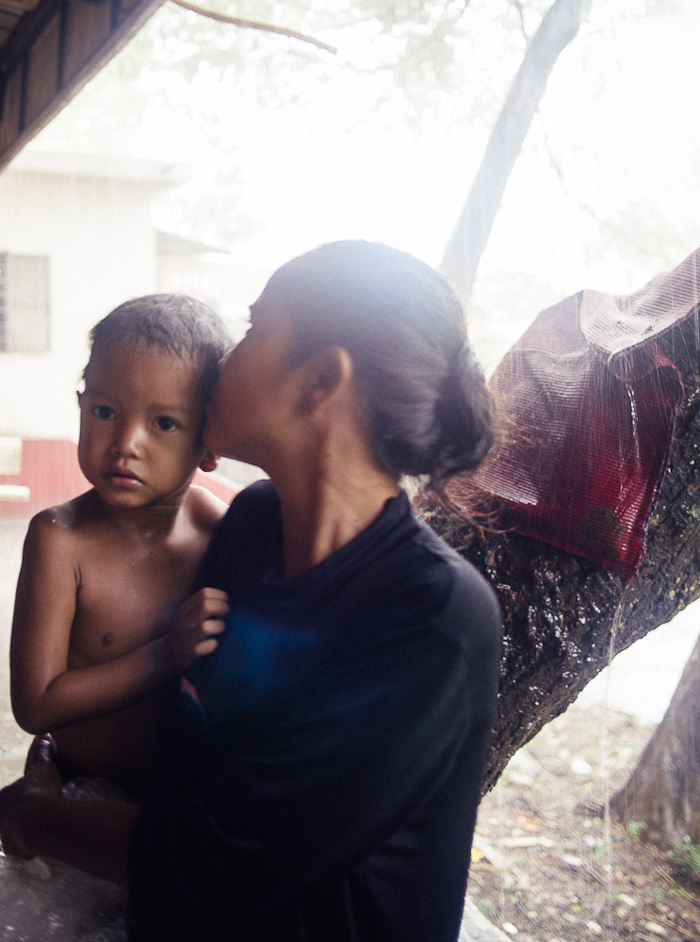


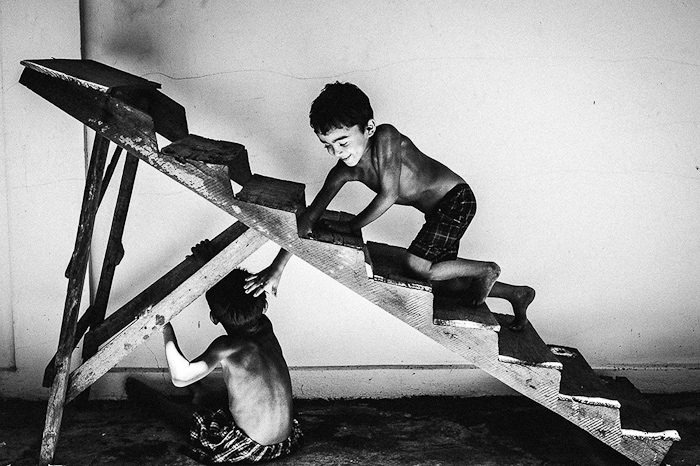
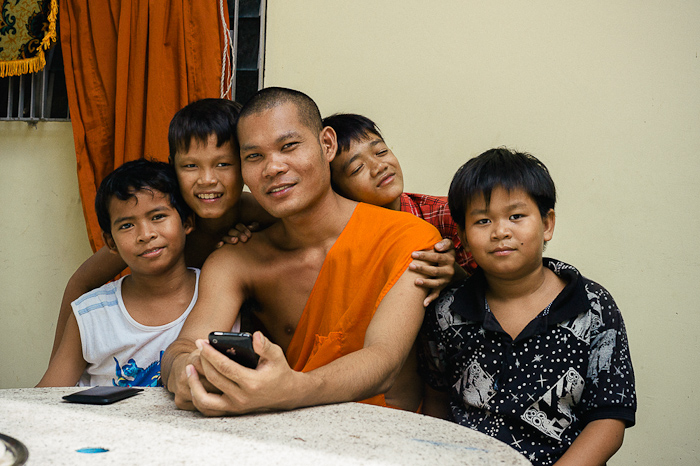


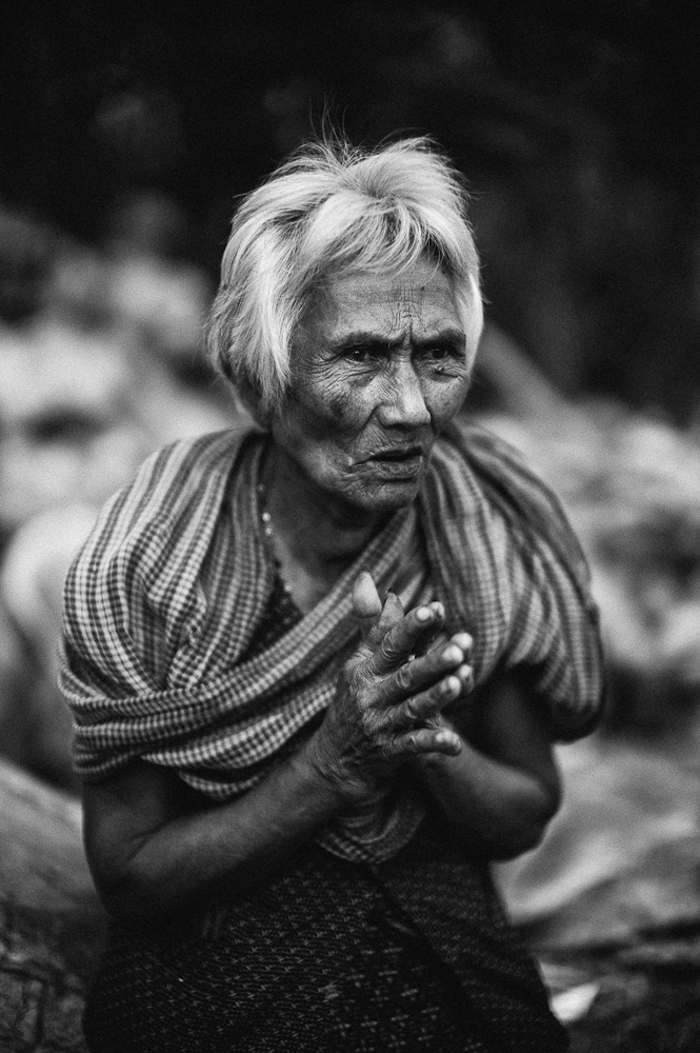
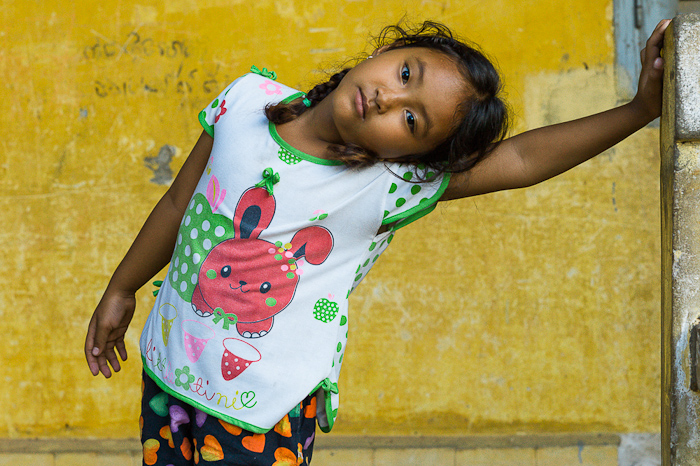
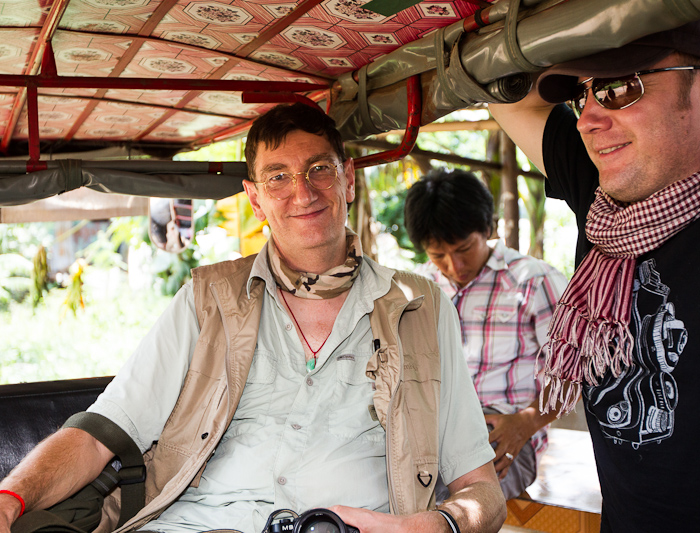

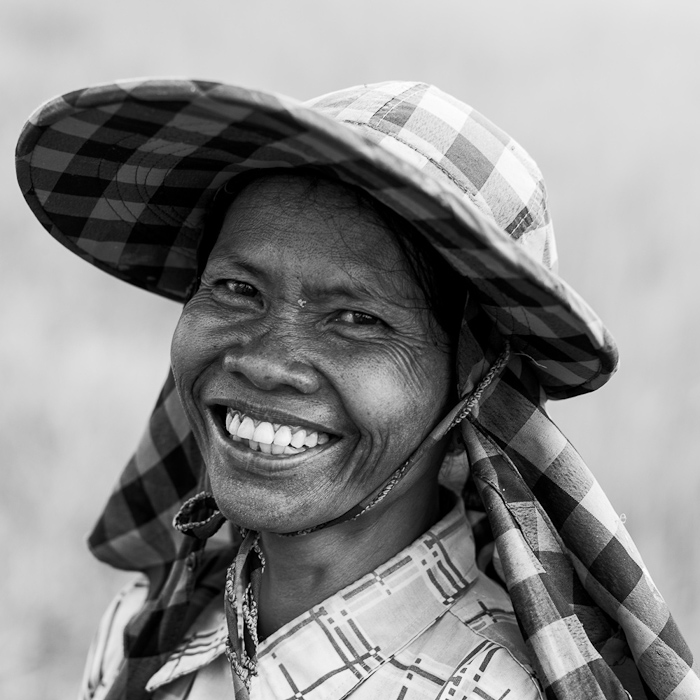


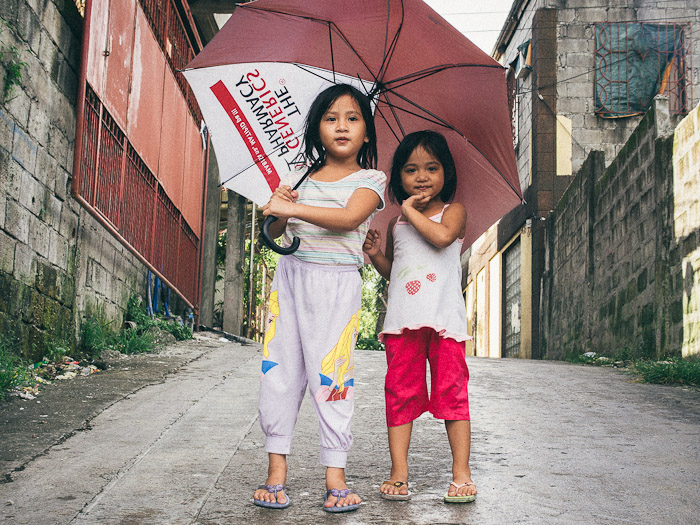
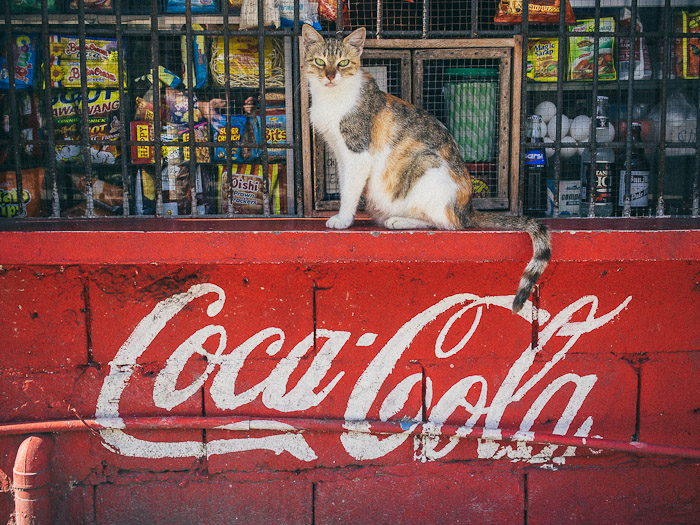
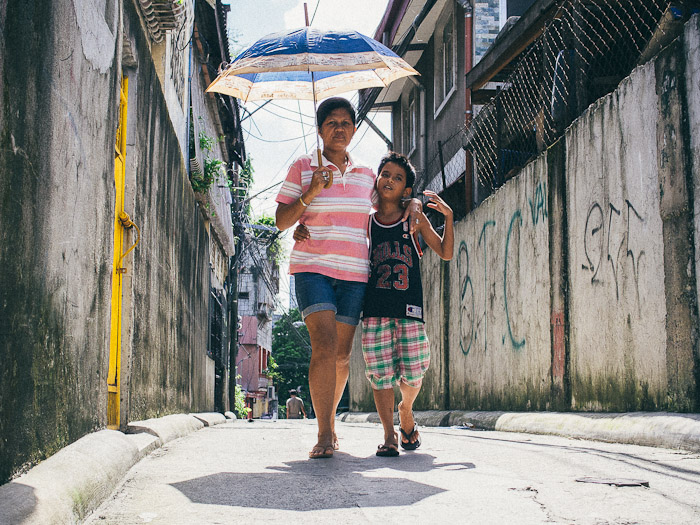
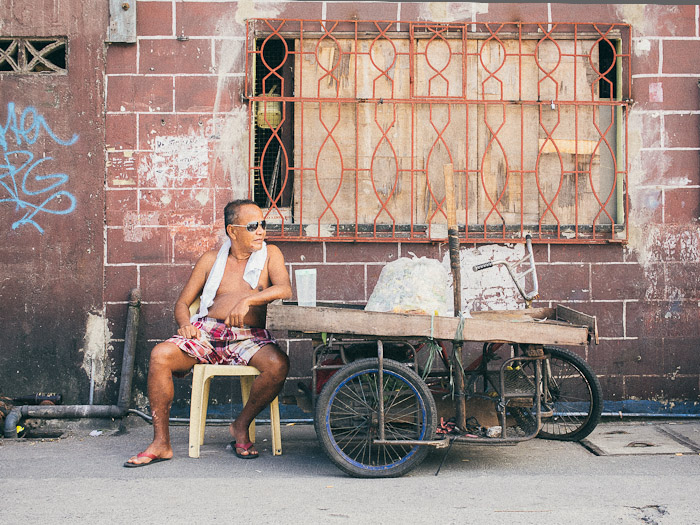

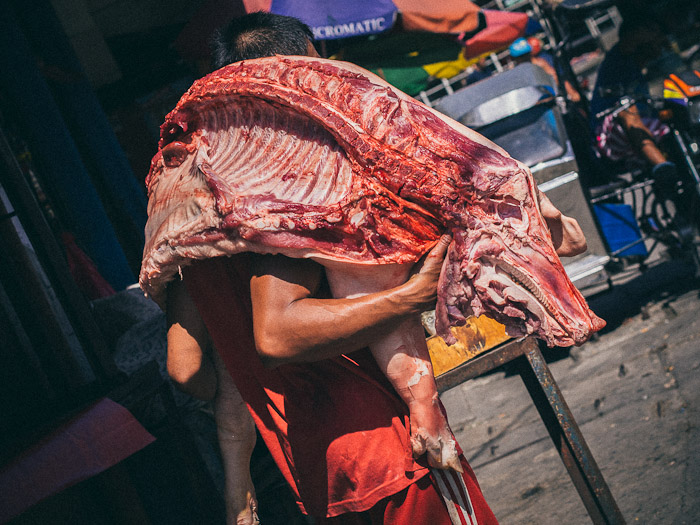

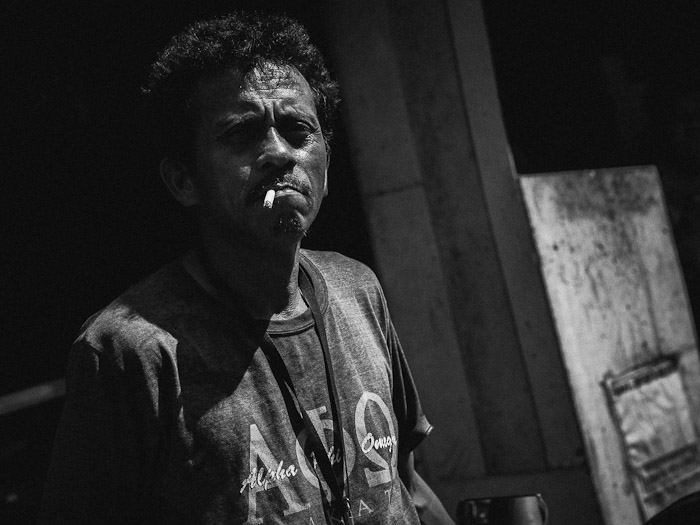

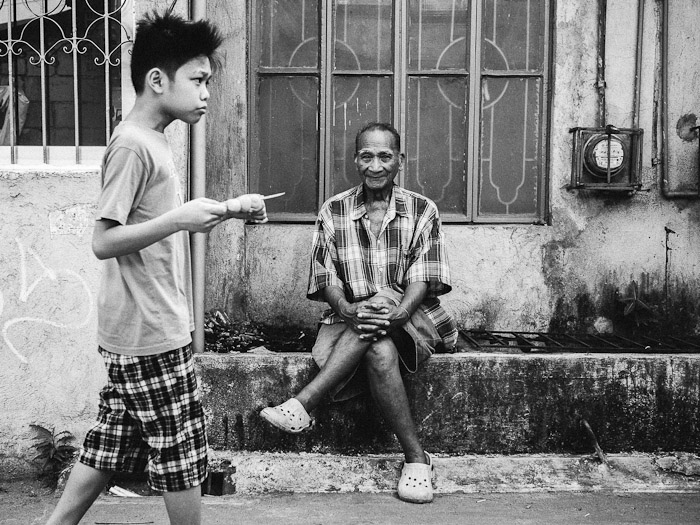



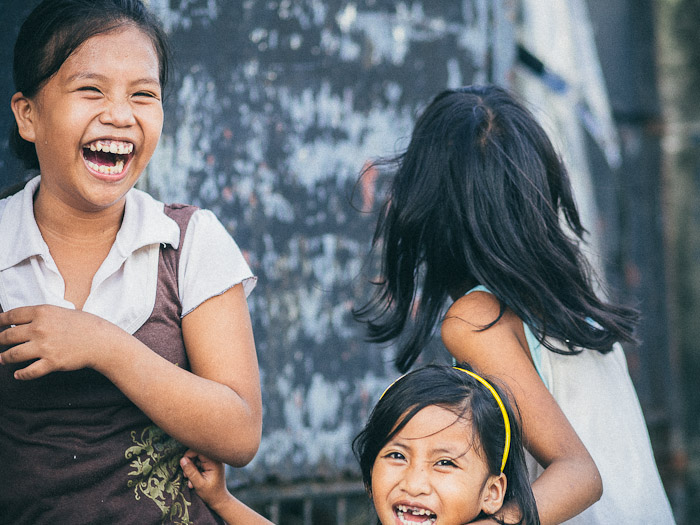

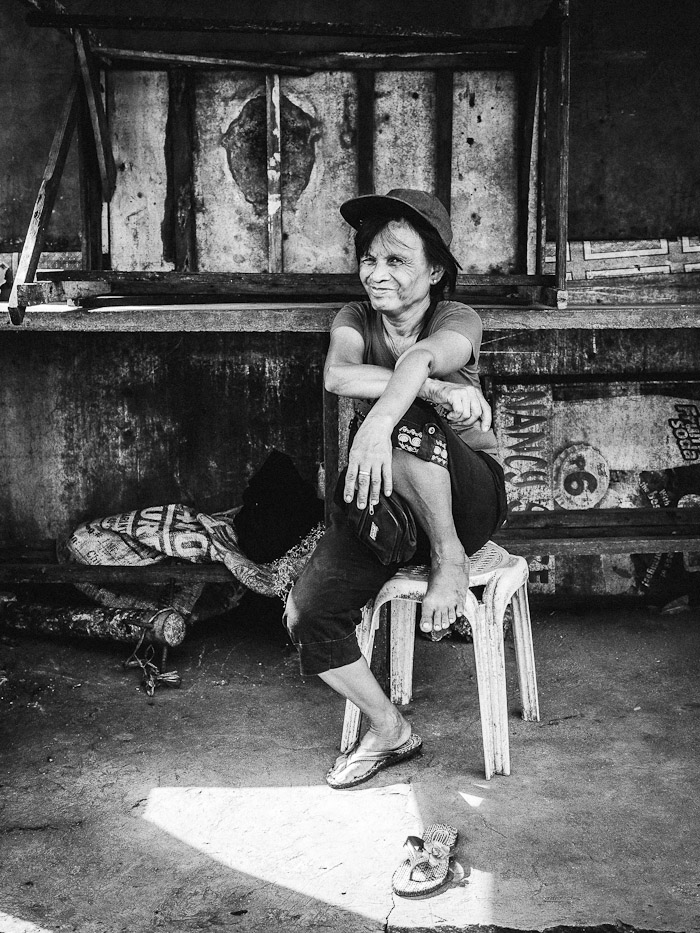
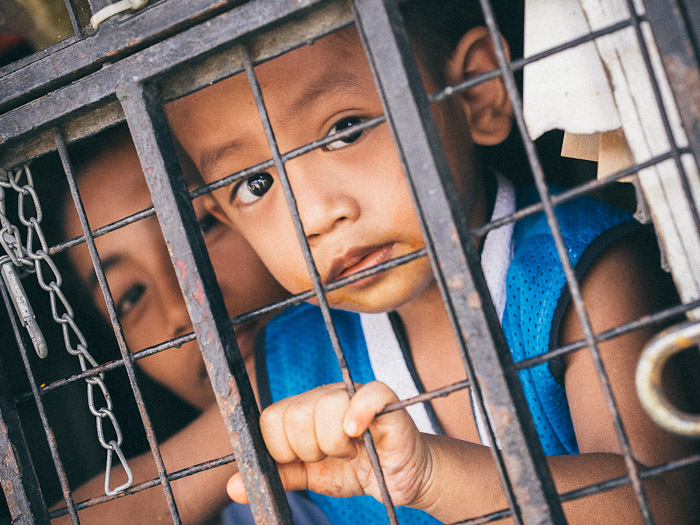
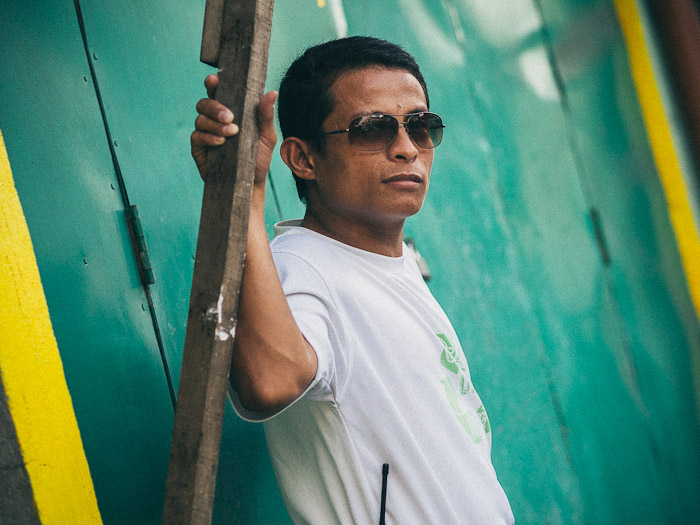
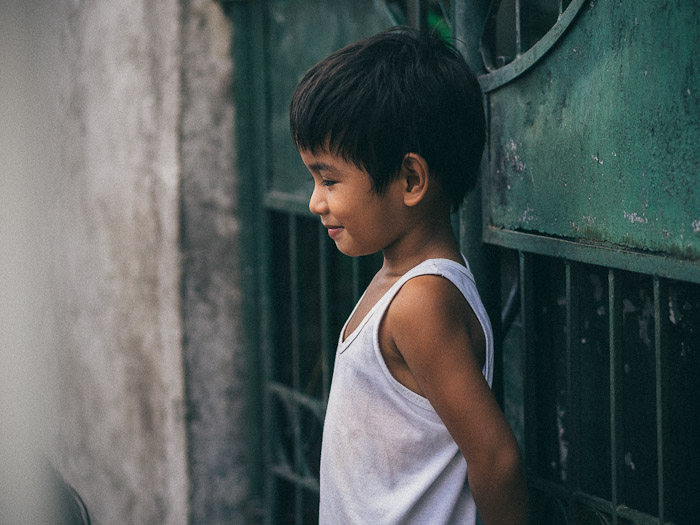

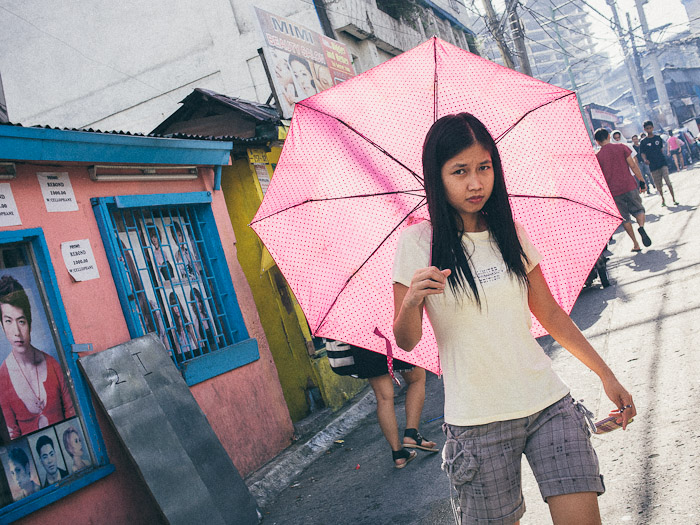
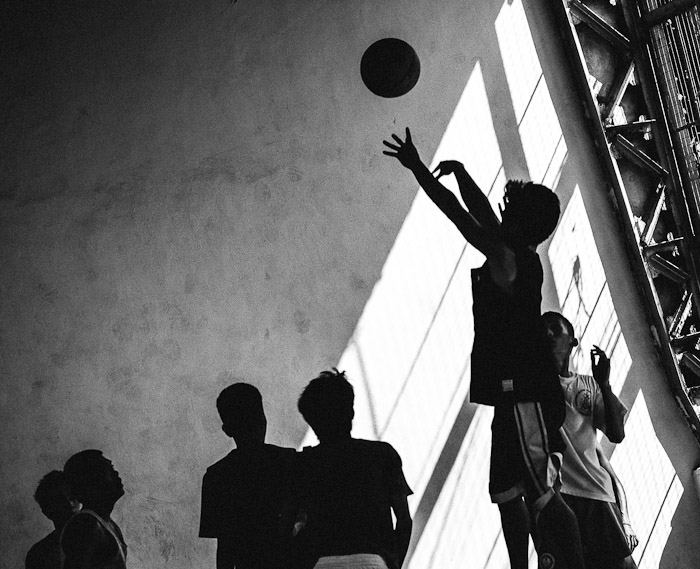
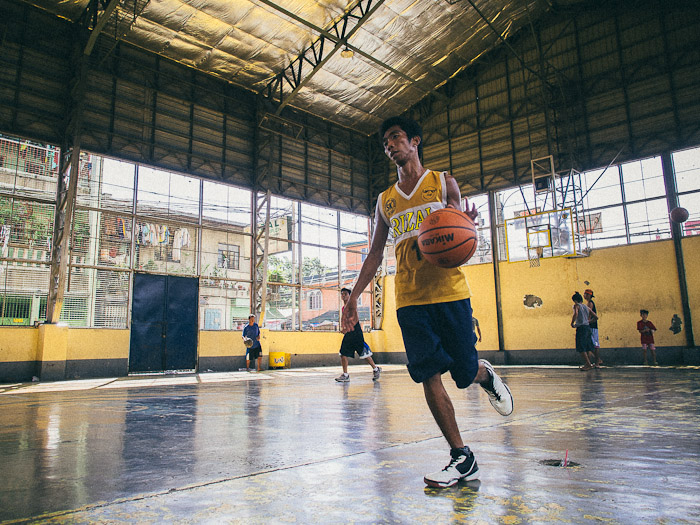
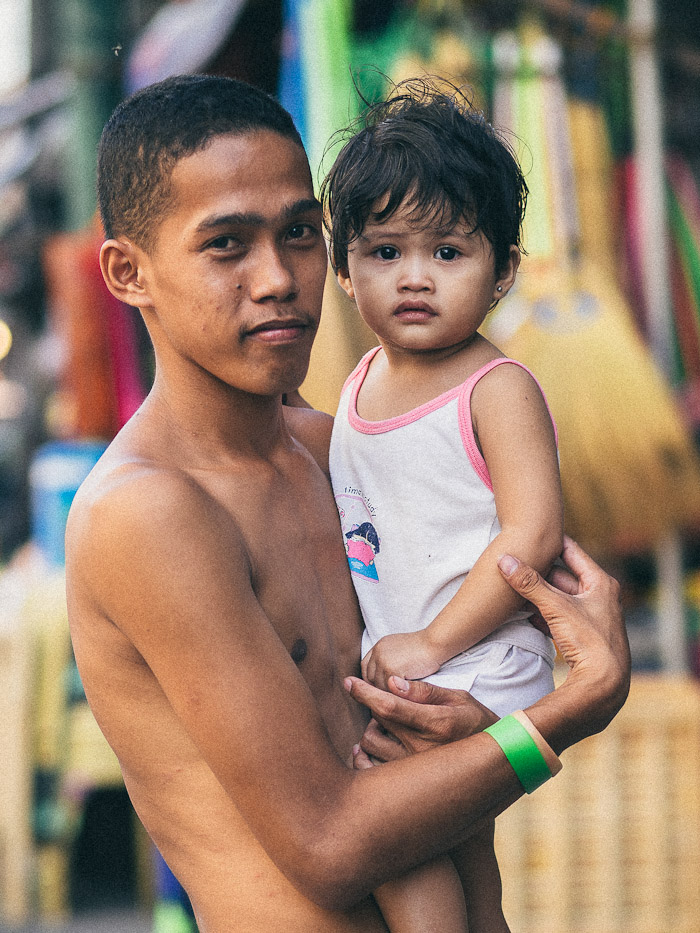



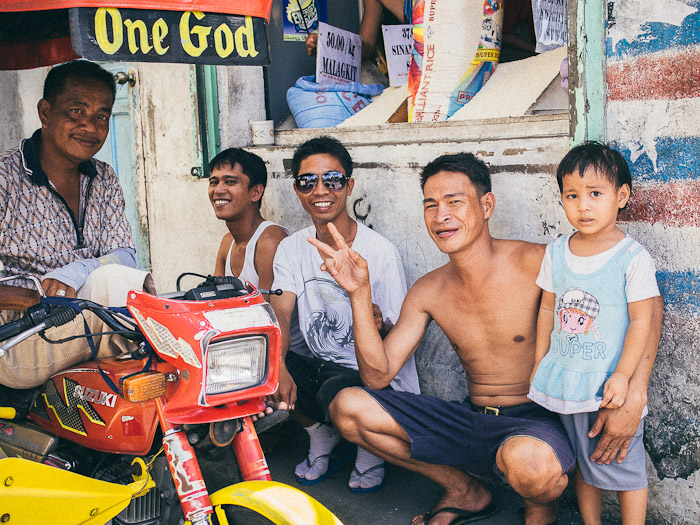
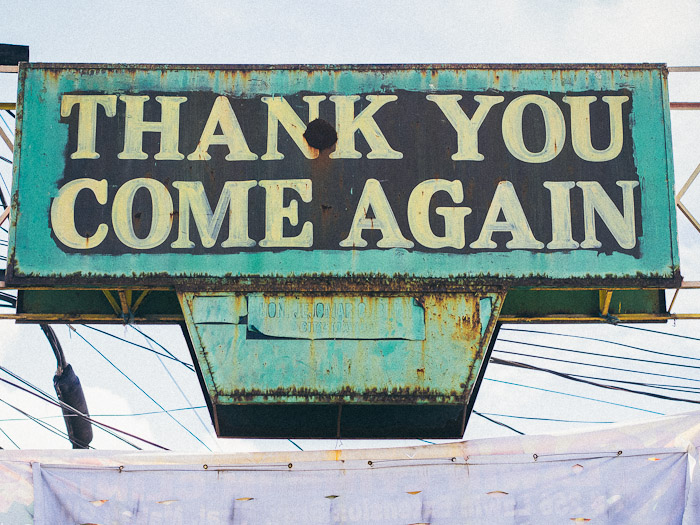
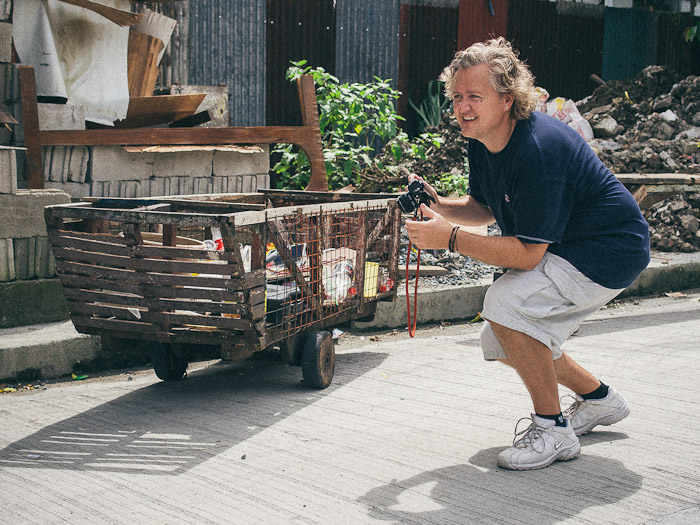
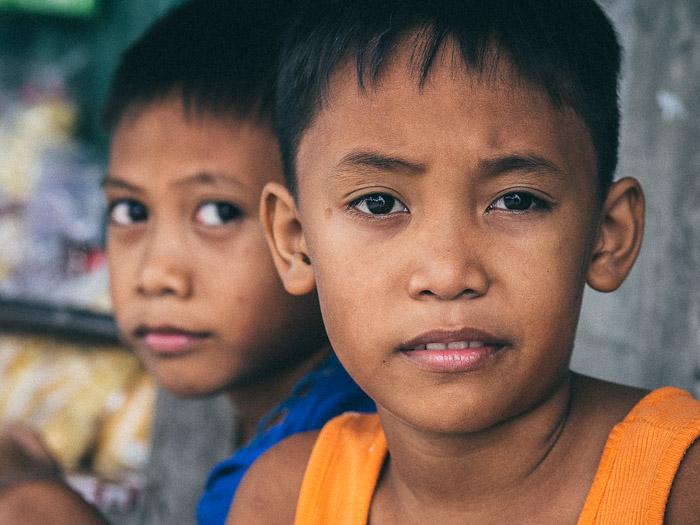
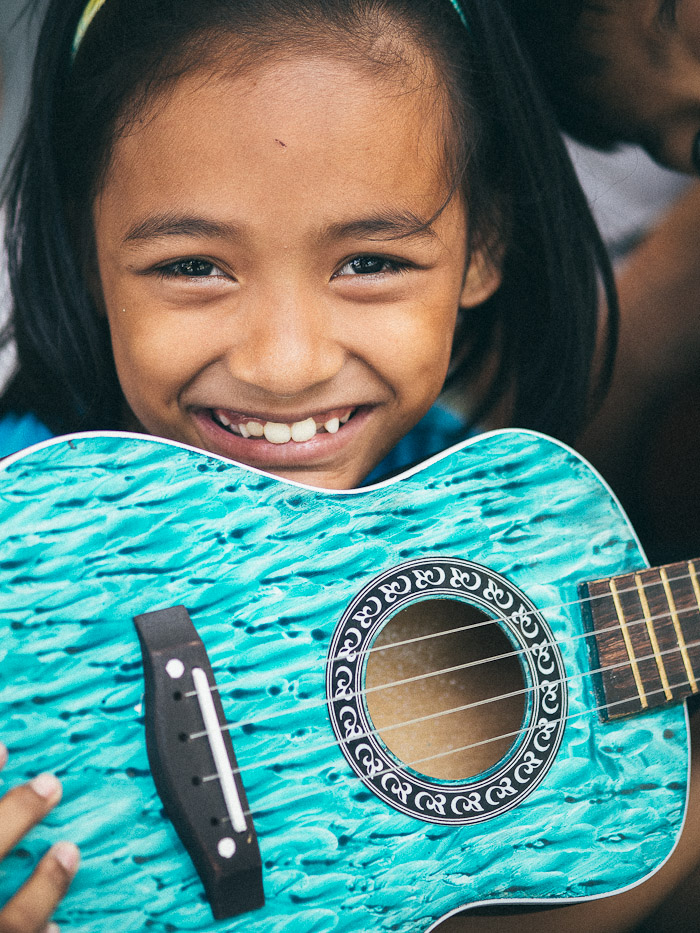

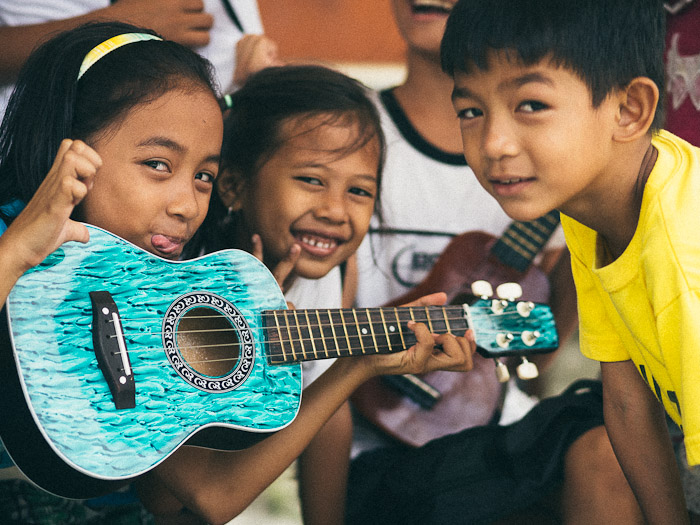
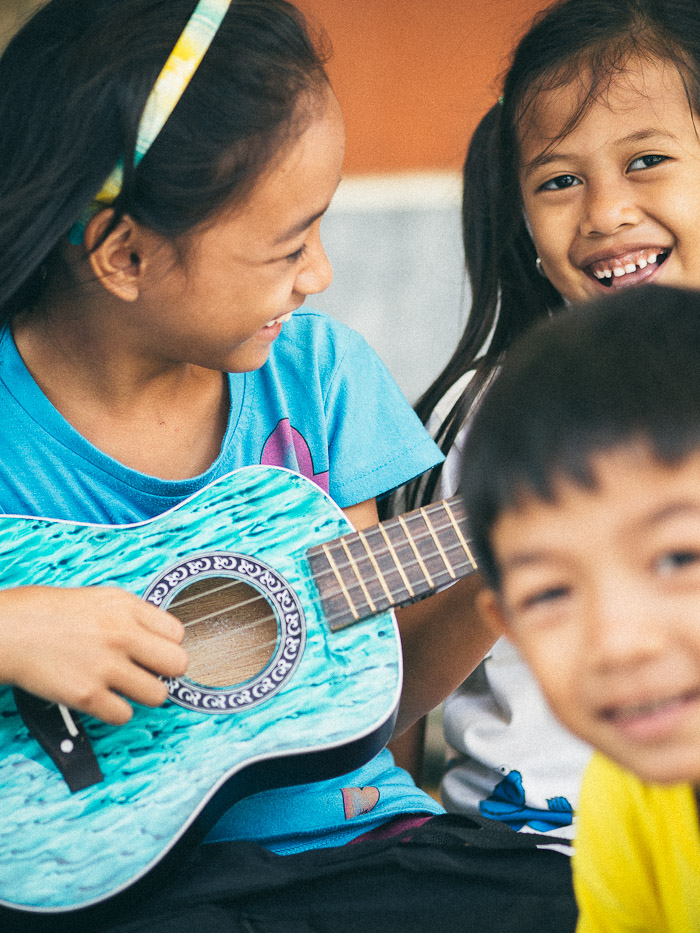
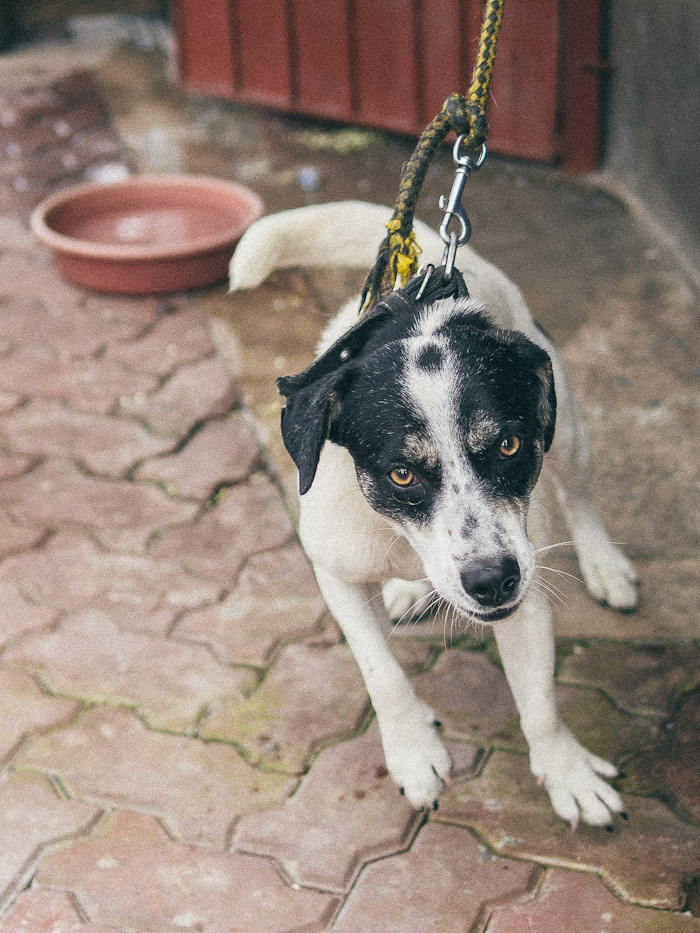

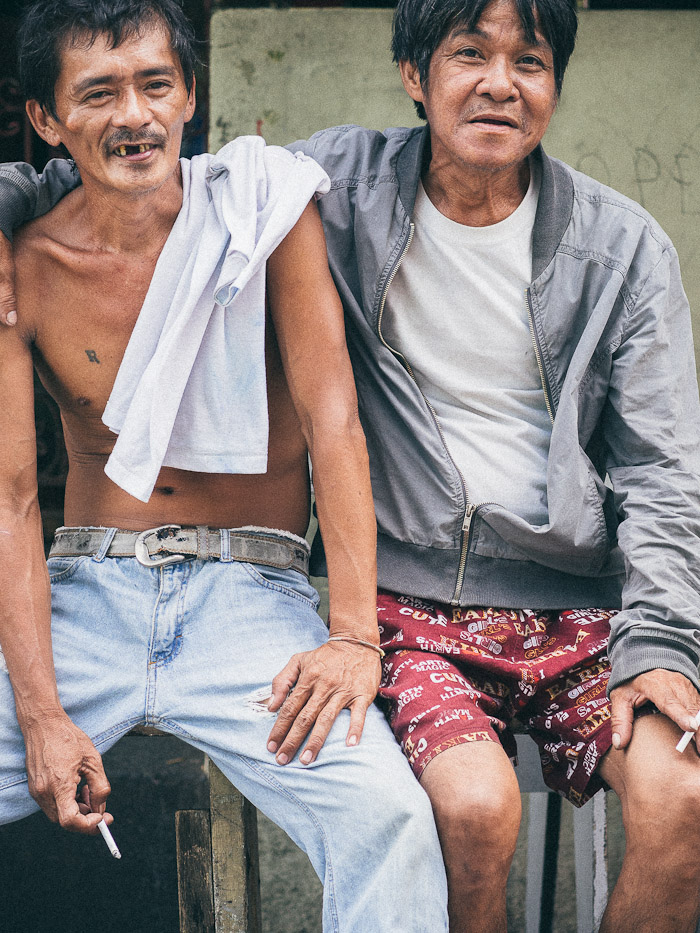
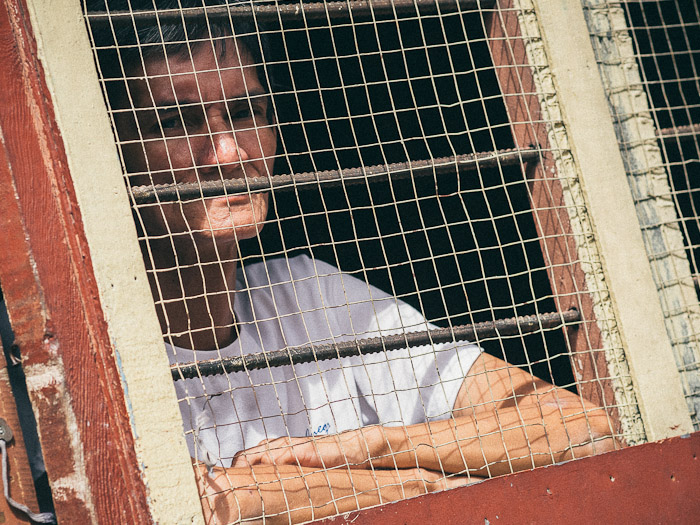
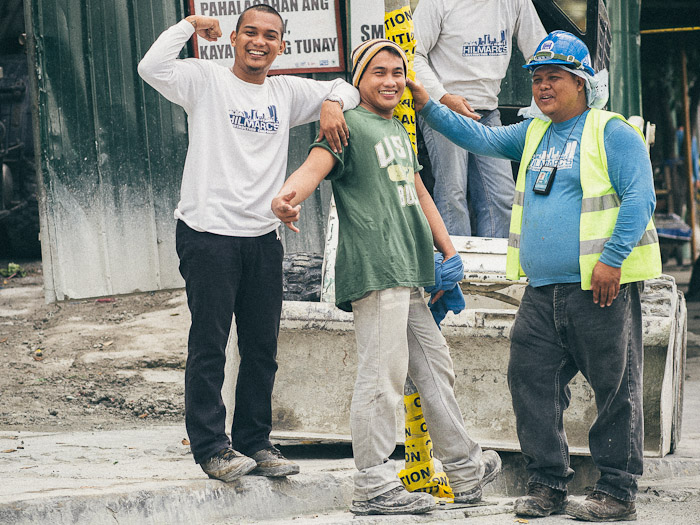

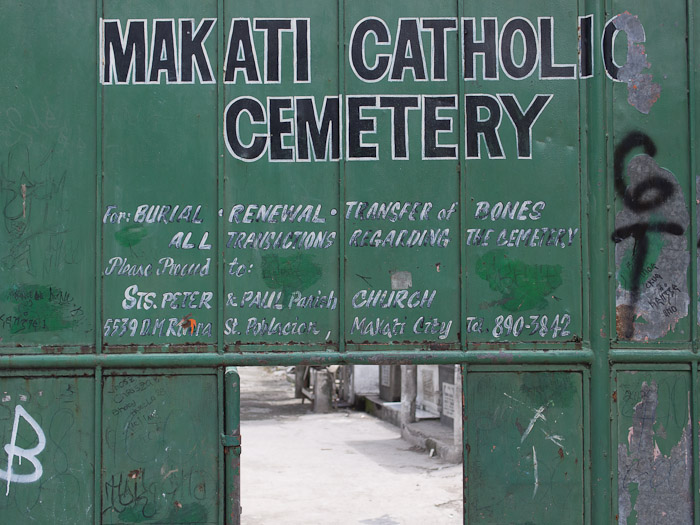
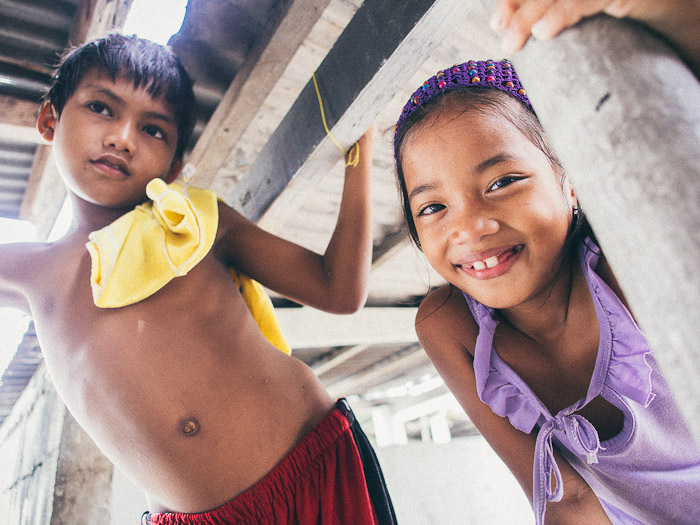
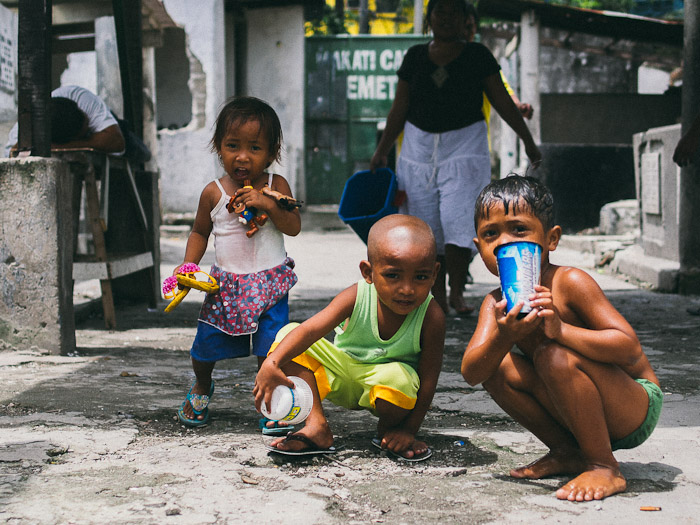
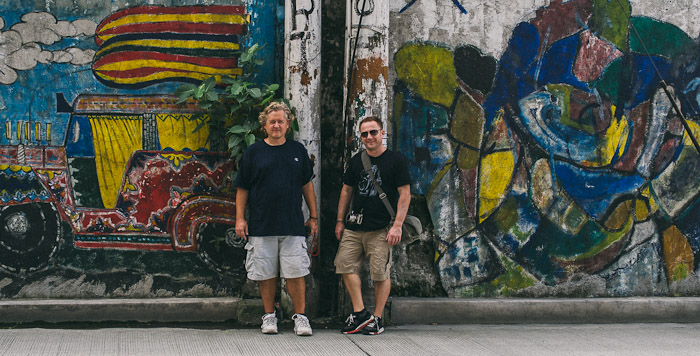
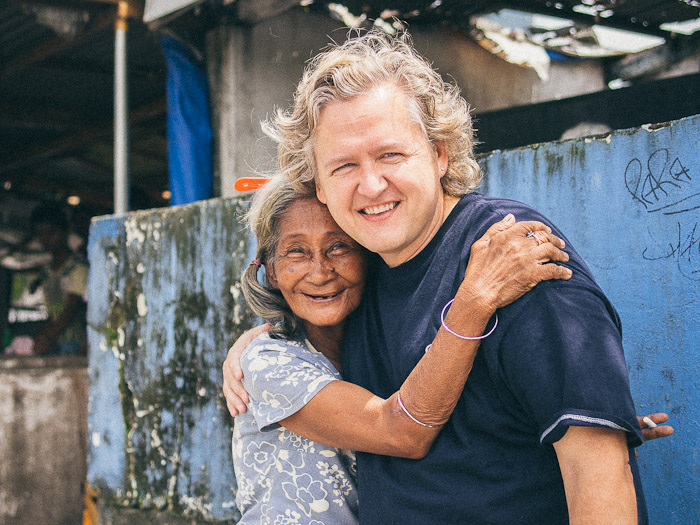
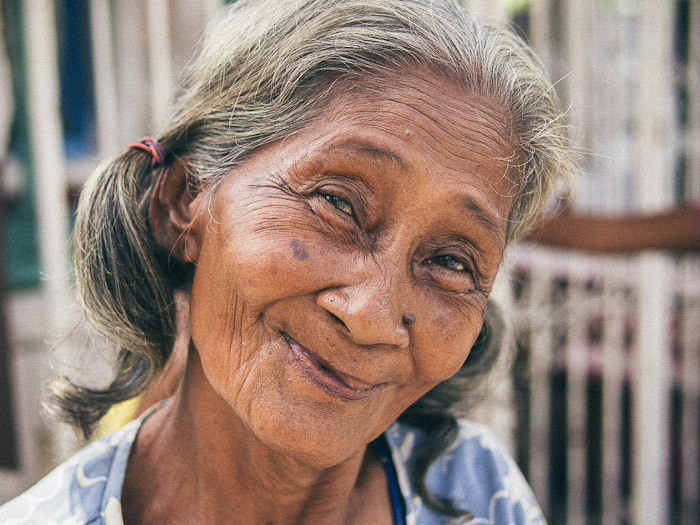
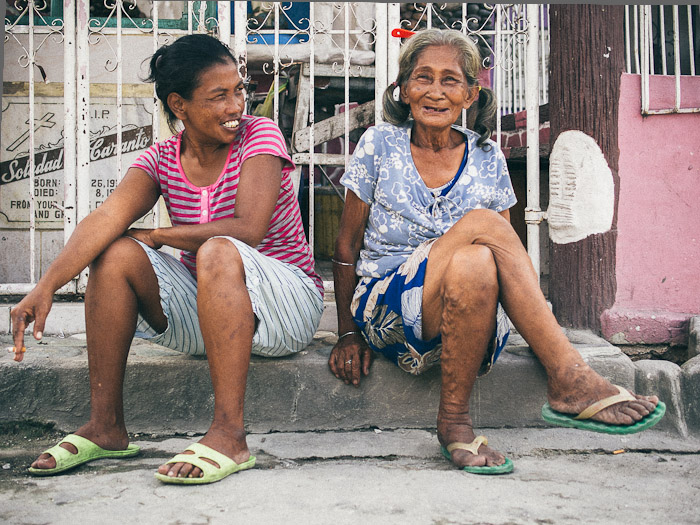

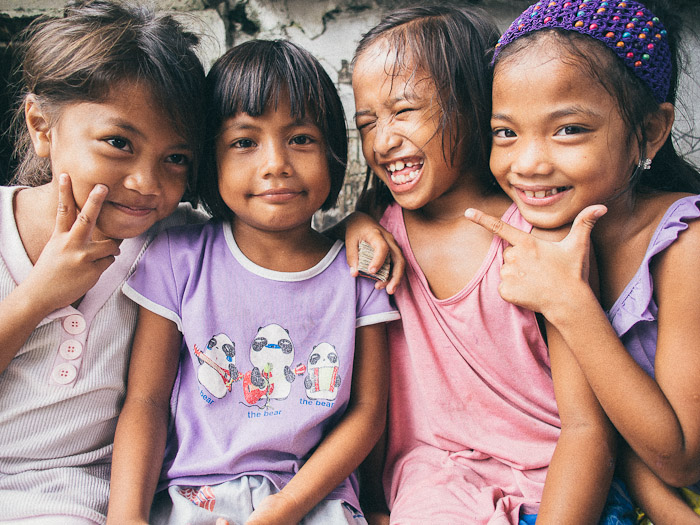
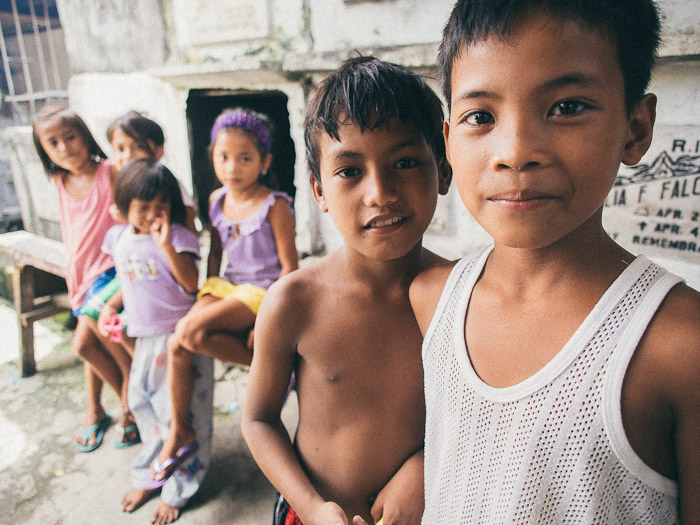

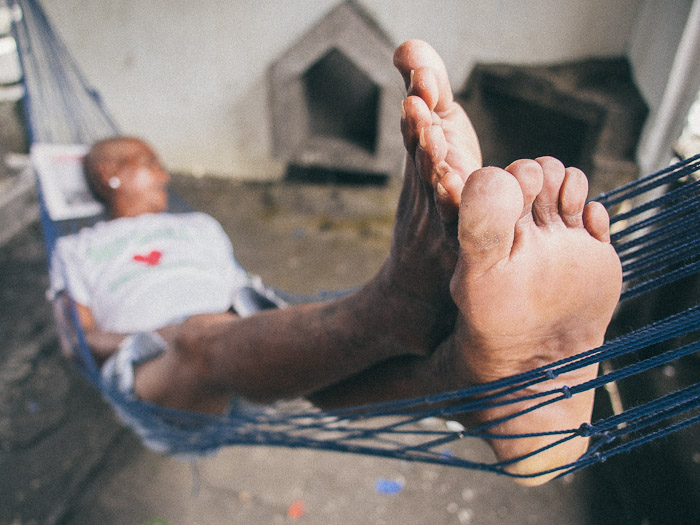
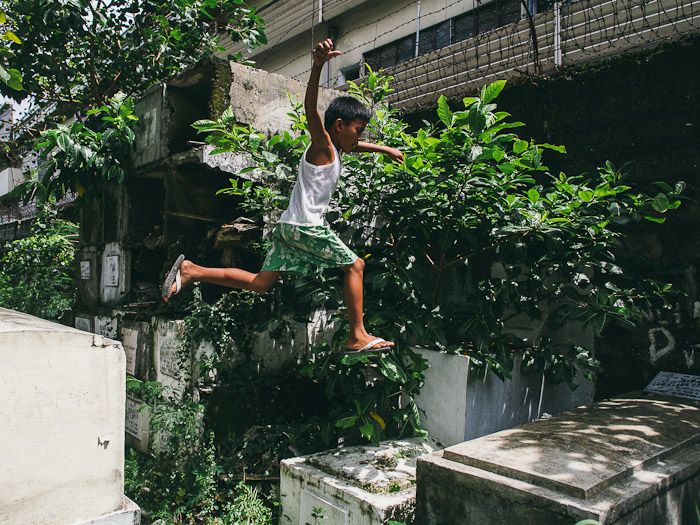
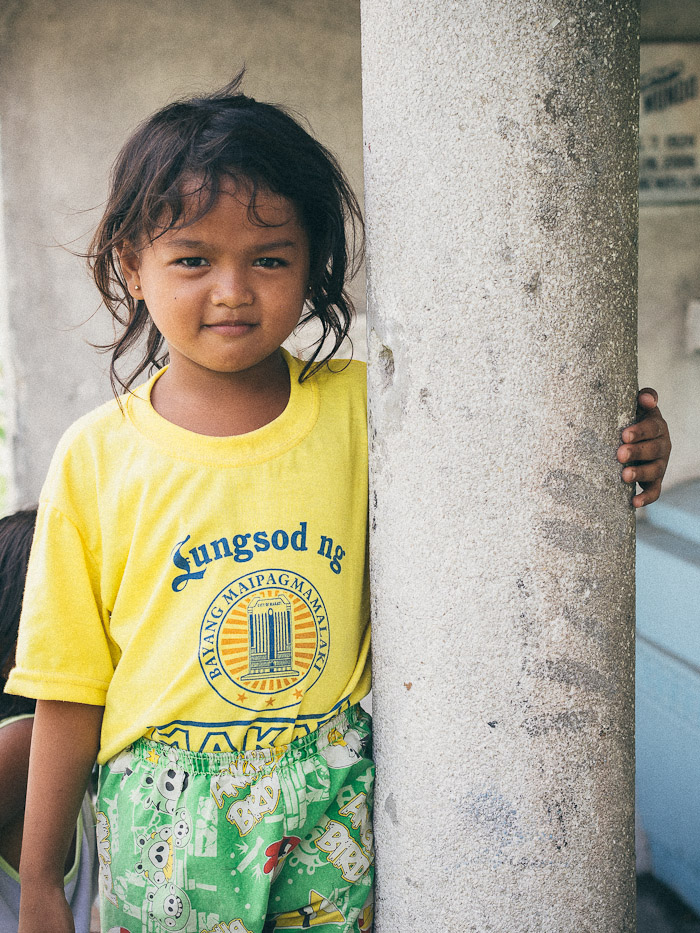

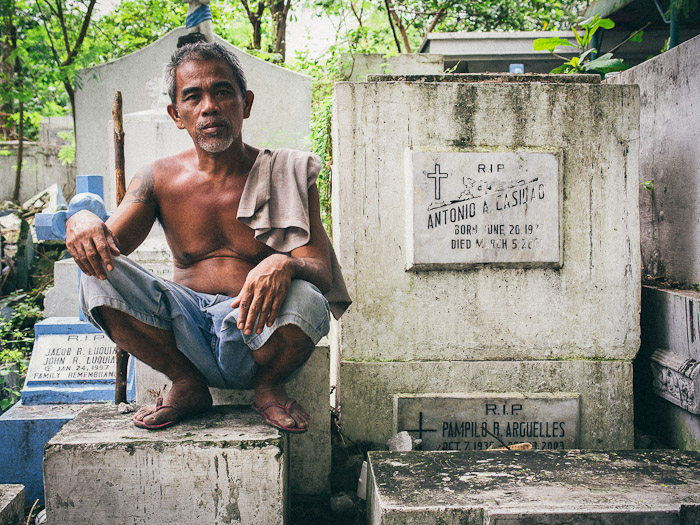
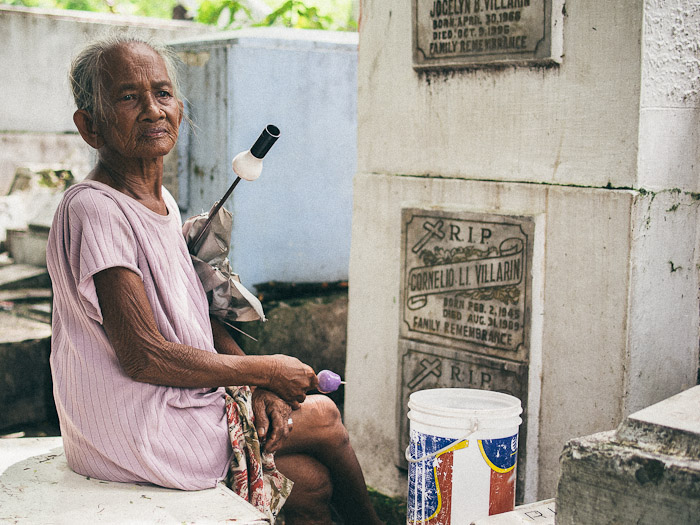
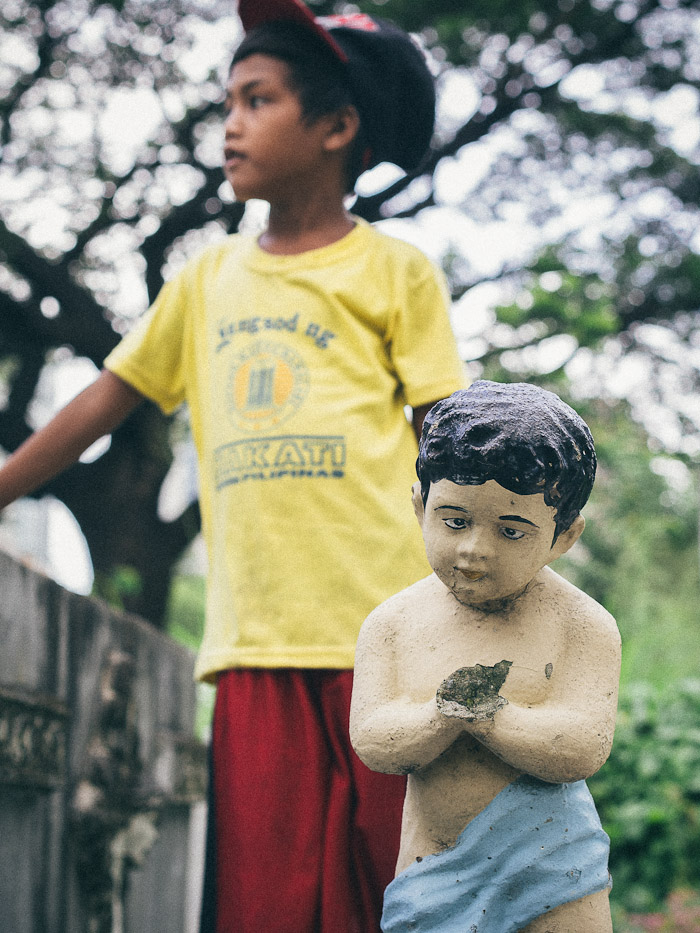





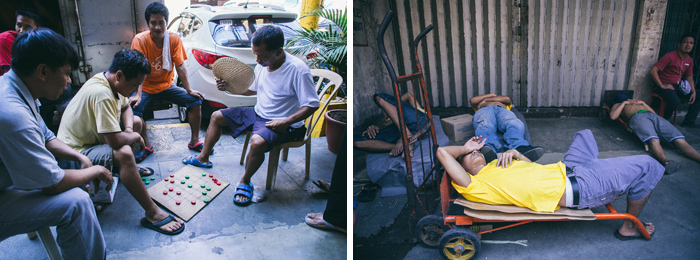

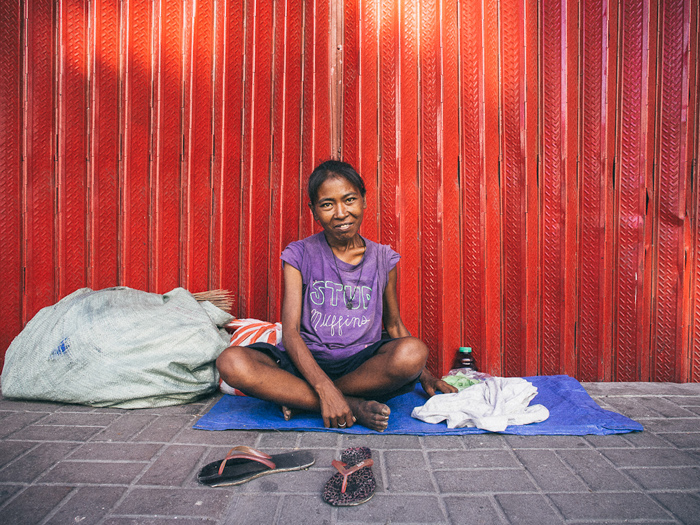
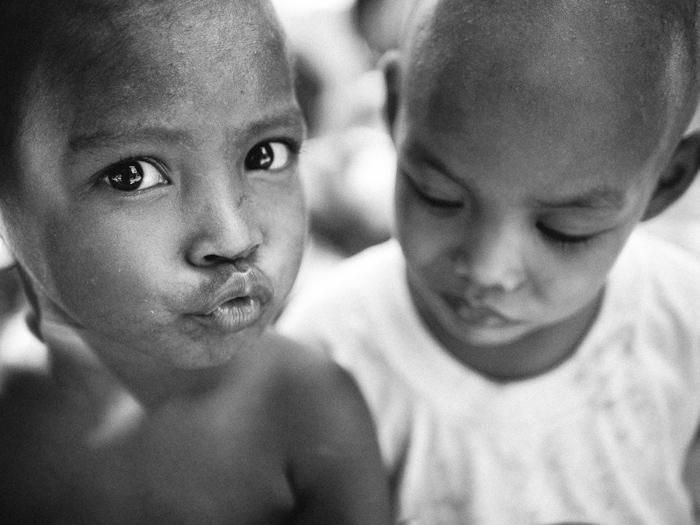
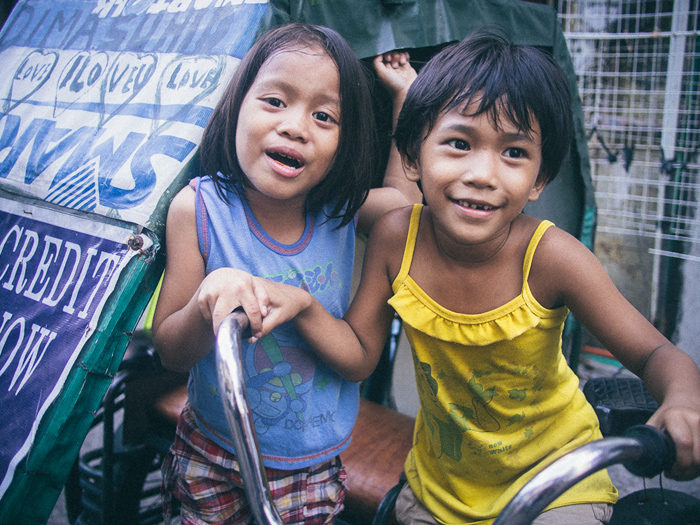

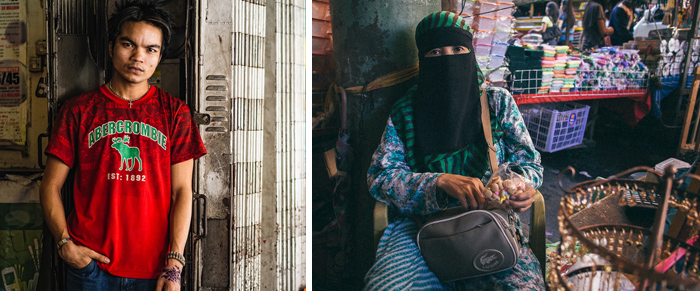

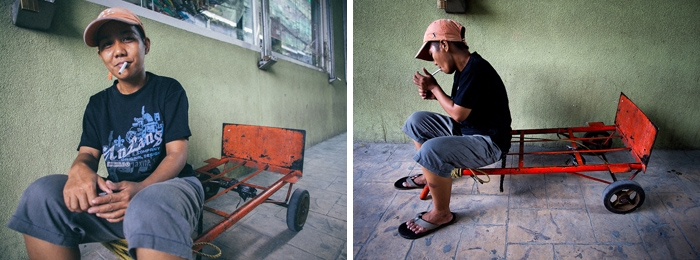

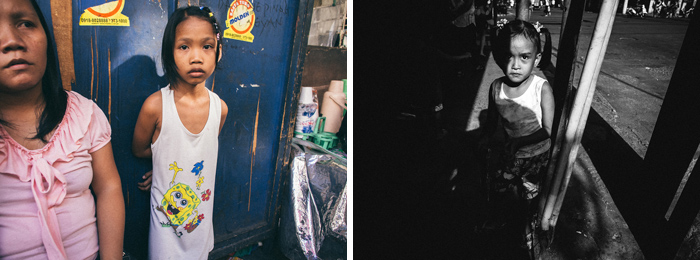
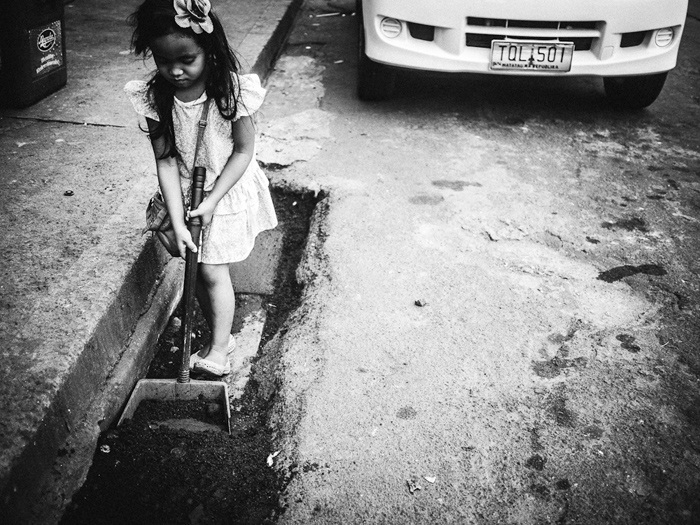
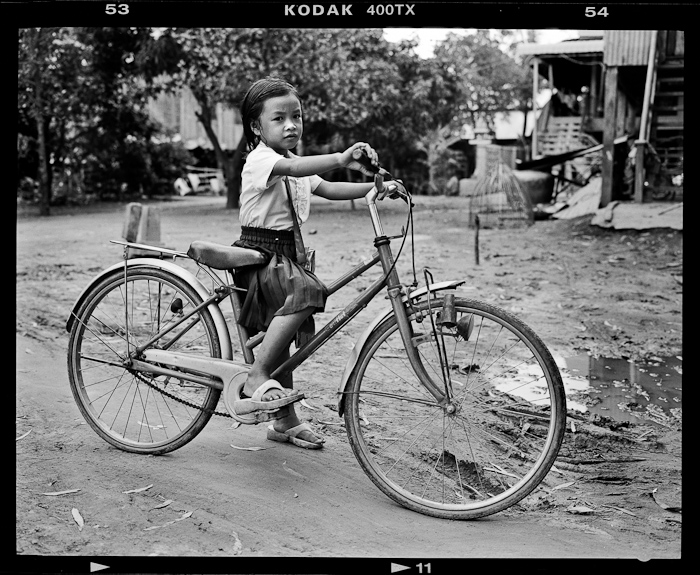
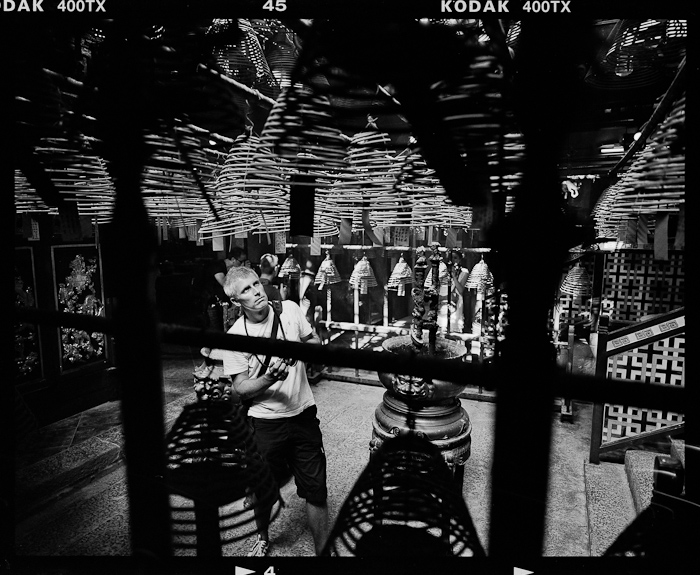
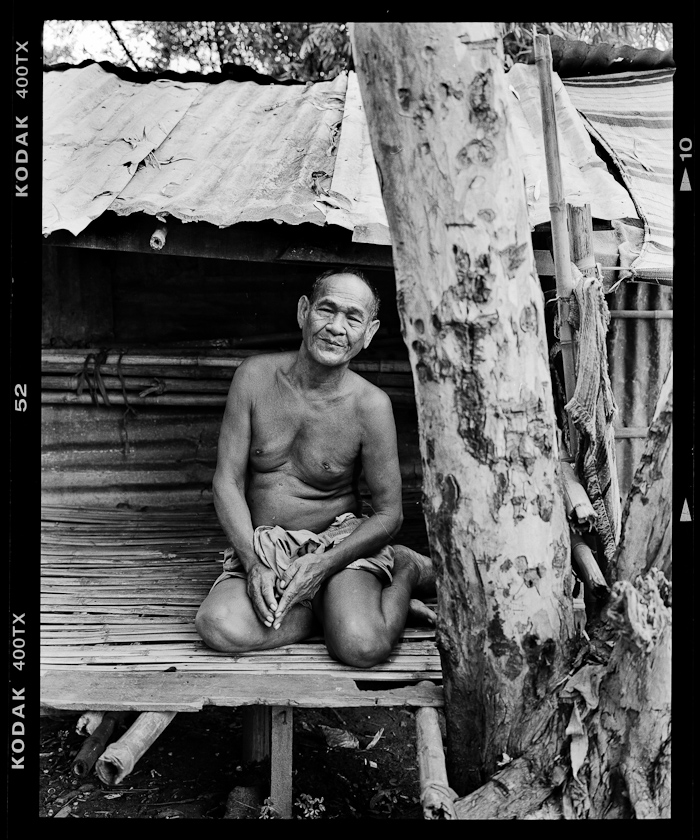
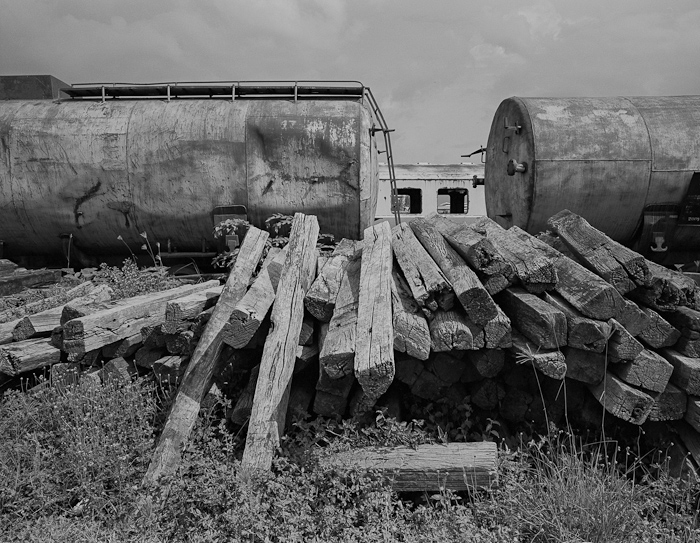






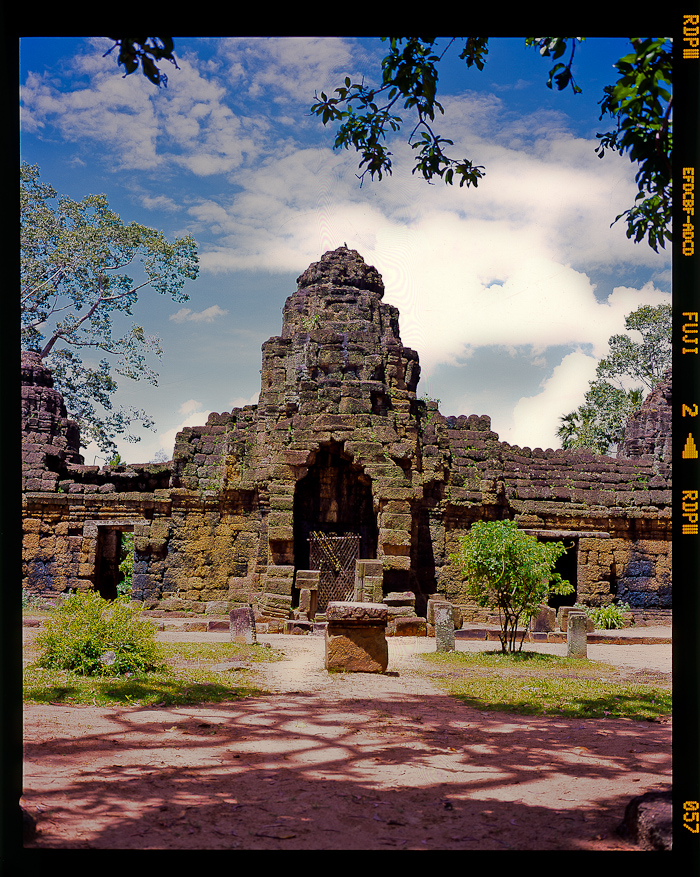


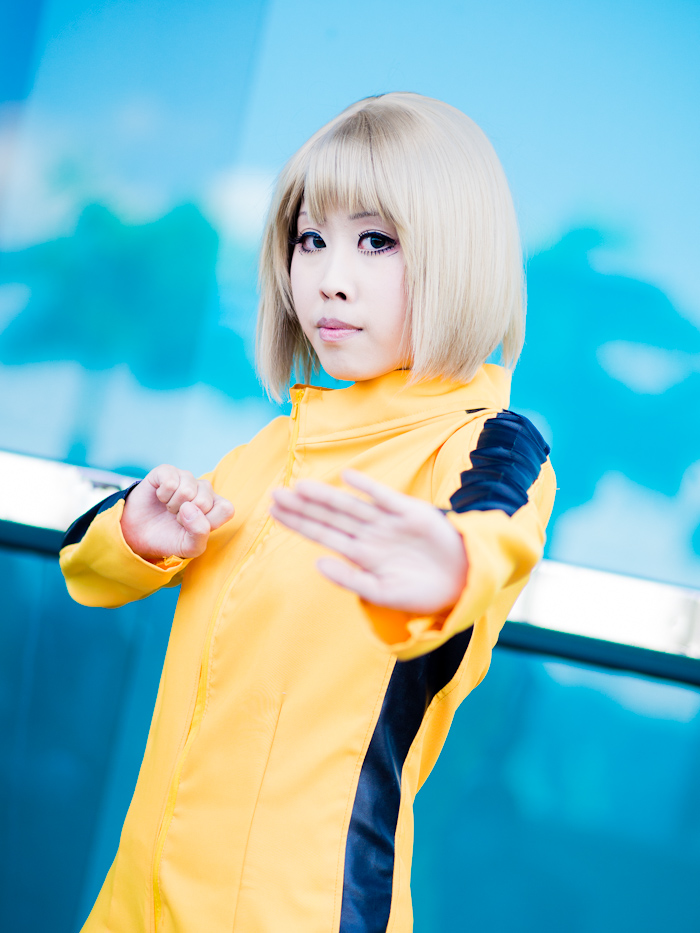

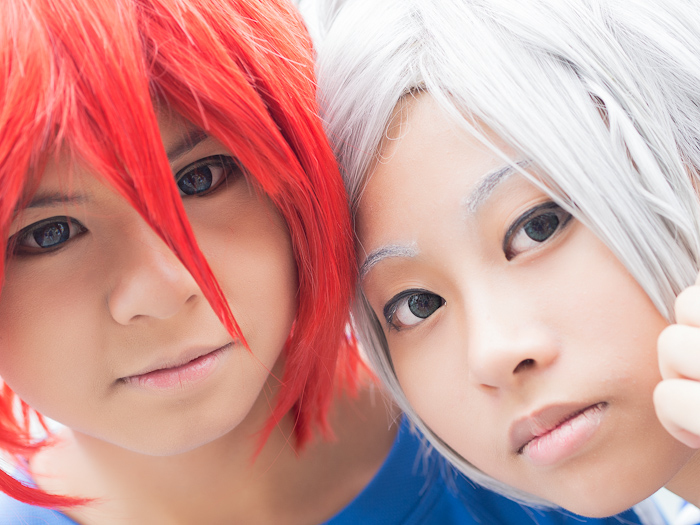 (Olympus 45mm 1.8, 1/320 @f2.8, ISO 320)
(Olympus 45mm 1.8, 1/320 @f2.8, ISO 320)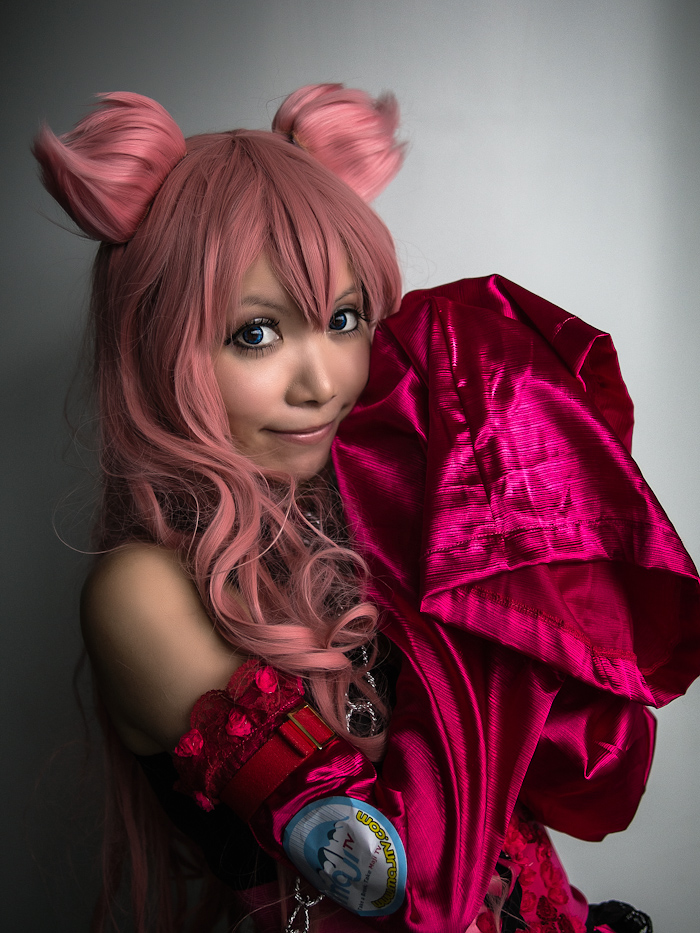

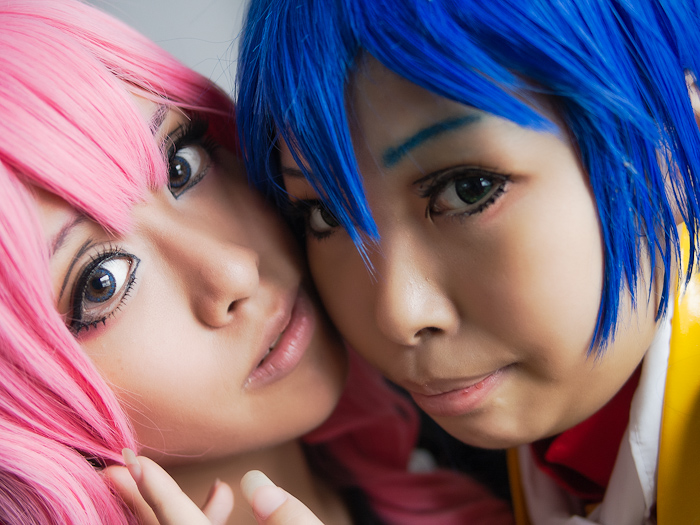



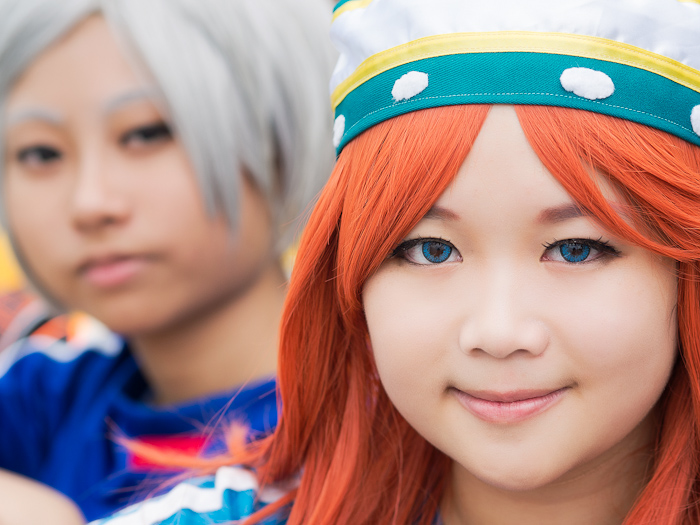


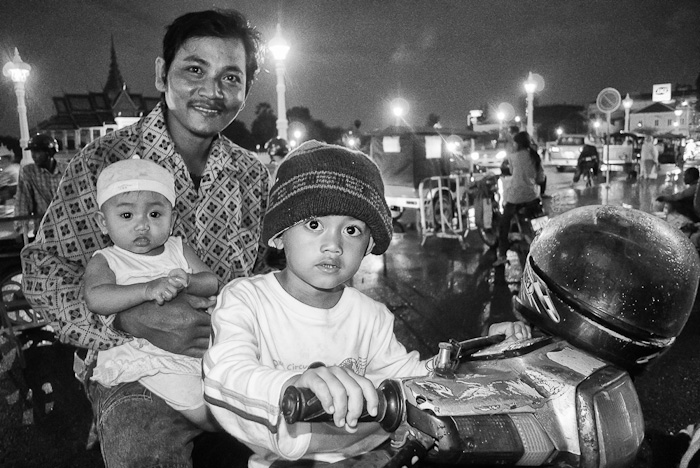
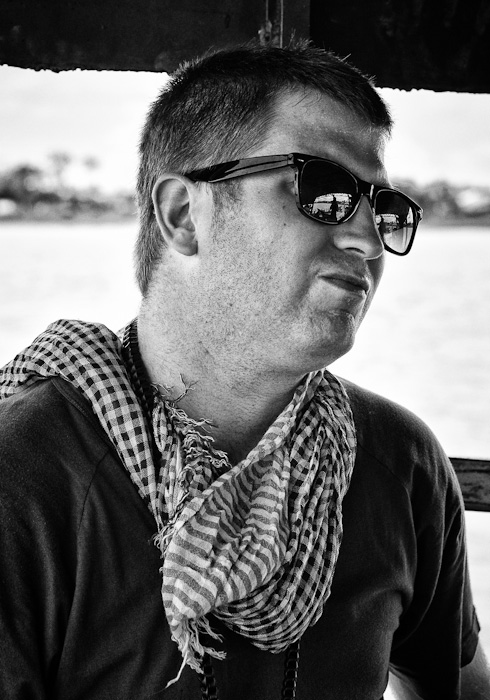






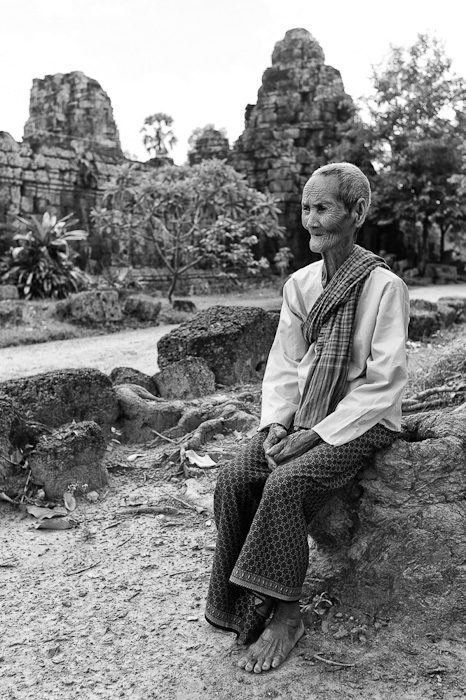

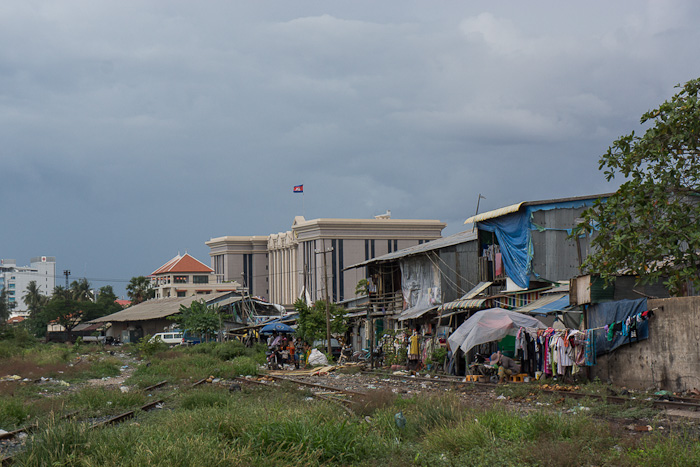


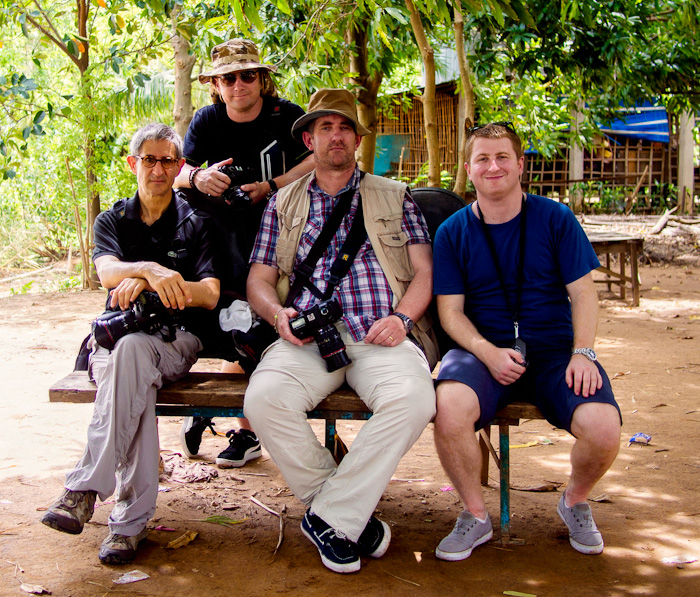




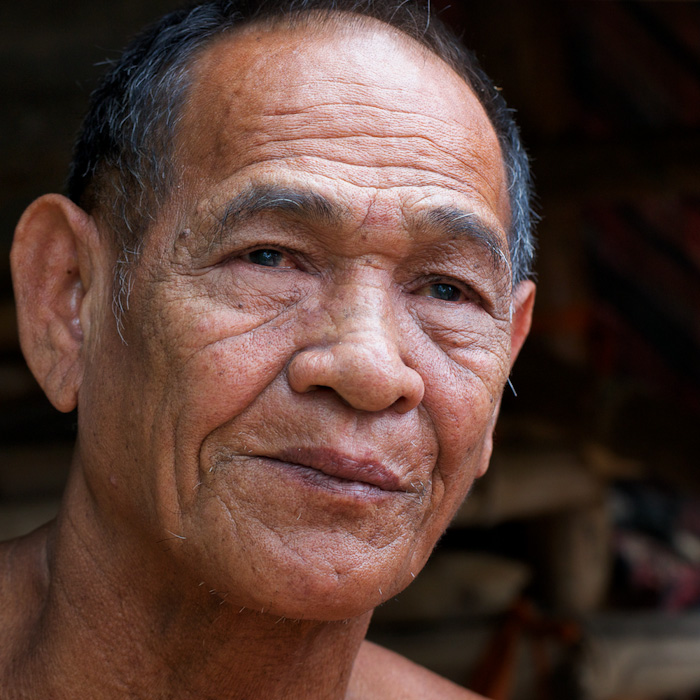
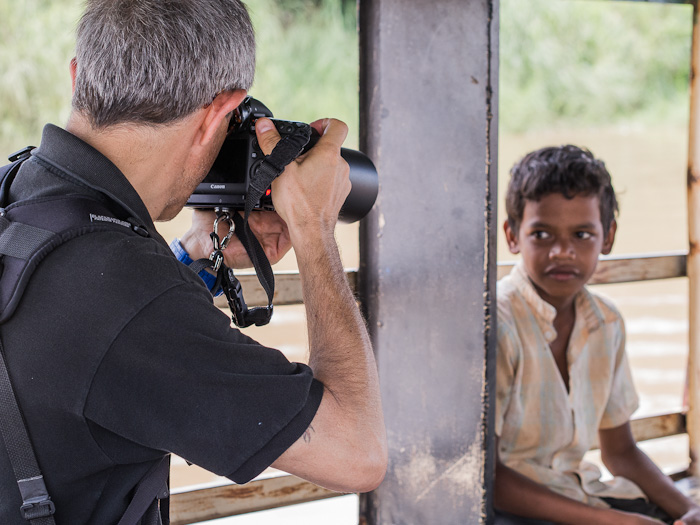
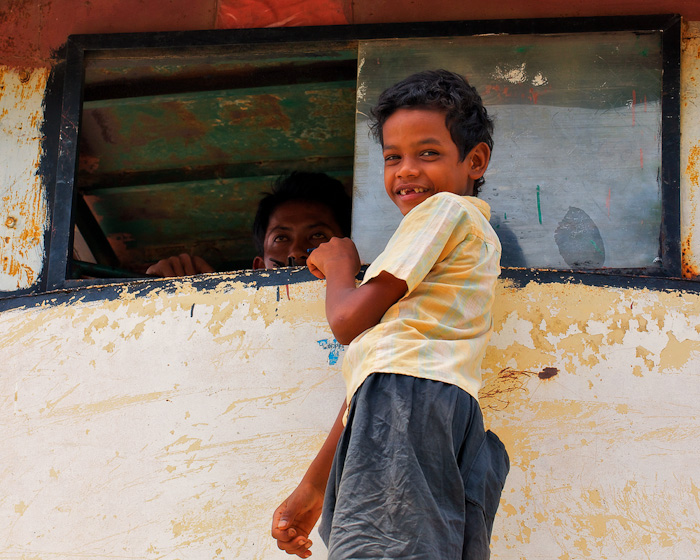
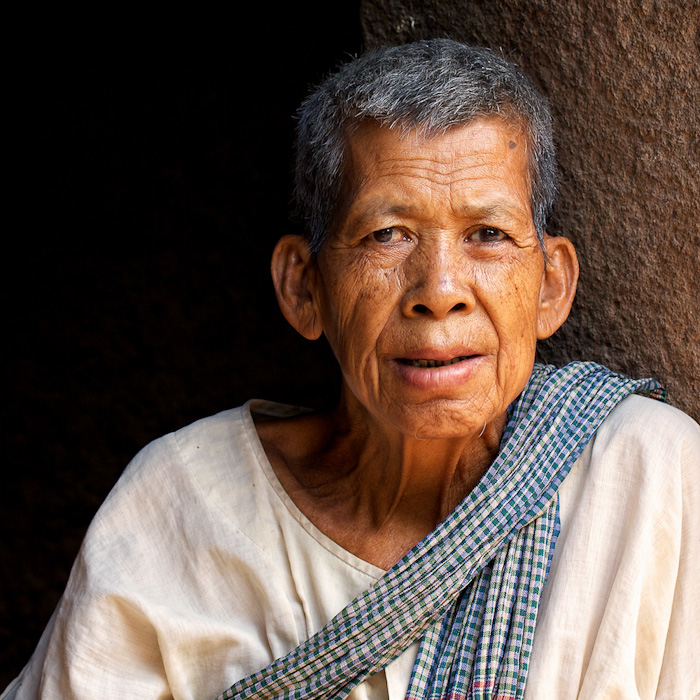
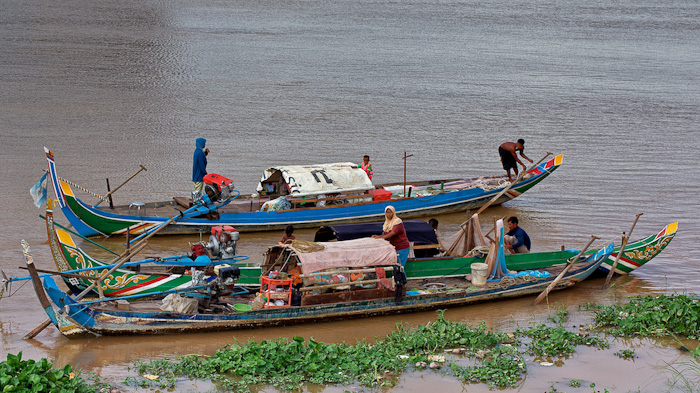
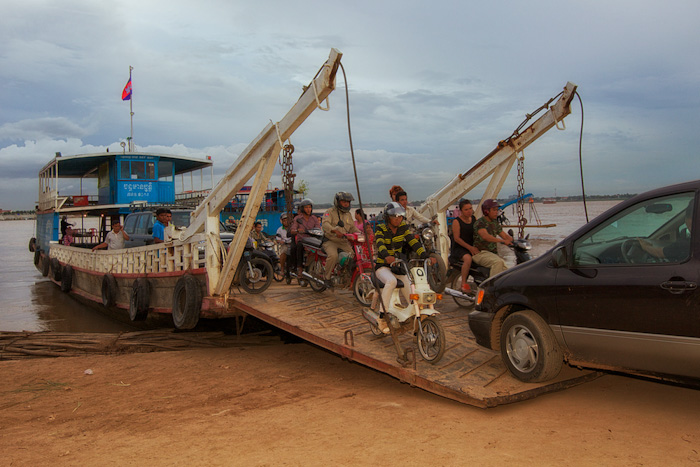








 (local school in Phnom Penh, with super friendly staff and kids, 45mm)
(local school in Phnom Penh, with super friendly staff and kids, 45mm)